A firewall is a network defense system that blocks unauthorized access to or from a private network. A firewall is not sufficient if you have a well-secured network, and all the sensitive information you possess must be secure. Firewall penetration testing is one step in a bigger plan to ensure the corporate network is always safe and secure. Since there has been a heightened incidence of cyber-attacks on the corporate network, it has become evident that a firewall penetration test should be conducted.
This blog will guide you on how firewall pen testing is vital to your security plan.
What is Firewall Penetration Testing?
Firewall penetration testing measures a firewall’s efficacy by simulating attacks to locate vulnerabilities. Firewall configurations, rules, and policies are tested to confirm that they prevent unauthorized access while permitting valid traffic. It enhances network security by detecting weaknesses before attackers exploit them.
The test is done by trying to access the network from outside through different means, including port scanning and packet sniffing. In case the firewall is functional, the tester should not be able to access the network.
Firewall penetration tests may be done manually or with automatic tools. The manual test will take more time and involve higher expertise, yet it can be more comprehensive.
Automated tools might be less costly and able to test more considerable numbers of targets.
Why Conduct Firewall Penetration Testing?
Firewall penetration testing serves as an essential security measure for security teams to identify vulnerabilities and assess risk from an attack. A firewall test allows you to trace your network from the outside to determine possible vulnerabilities in your network design.
It is important to identify where traffic enters and exits your network because it can help pinpoint any weaknesses in your network architecture that could permit an attacker a gateway into your network.
For example, if you have a wireless Access Point (AP) that is reachable from the internet, you should keep track of where this traffic comes in and where this traffic goes out.
Latest Penetration Testing Report

Types of Firewall Penetration Testing
Firewall pen testing is of yet another different type; let’s discuss each one of them in detail:
Man in the Middle (MiTM):
During a MiTM test, a security professional attempts to catch and alter communications between the firewall and clients attempting to access the network. This attack can be performed on remote users because it would enable hackers to steal traffic and access the network anonymously. The intruder would then have complete access to the remote users and their information.
Direct Traffic:
In direct traffic testing, a security researcher is “directly” accessing web servers and application servers on the internal network. The attacker would attempt to map the internal network, discover any vulnerabilities, and maybe gain access to sensitive information. This is most commonly done to internal employees and is just like an “internal reconnaissance” test.
Spoofed Traffic:
During a spoofed traffic test, the attacker employs a tool to launch a false, or “spoofed,” source of network traffic that mimics a remote user attempting to access the internal network. The attacker has complete access to the internal network upon connection, just like an “internal reconnaissance” test.
3 Ways to Perform Firewall Penetration Testing
Firewall penetration testing is an important security evaluation process employed to analyze the effectiveness of a firewall in securing a network against likely cyber attacks. There are three main methods of performing firewall penetration testing:
1. Black Box Testing
Black box tеsting is an approach whеrе thе tеstеr has no prе-еxisting knowlеdgе of thе firеwall systеm, its configuration, or thе intеrnal nеtwork structurе. Thе tеstеr thеn simulatеs an еxtеrnal attack, similar to a rеal-world hackеr attеmpting to brеak into thе systеm from outsidе thе nеtwork. This approach is useful in finding vulnеrabilitiеs that an attackеr with no insidе information could take advantage of. The tester would normally employ automated scanning tools and manual testing methods to test for vulnerabilities like open ports, incorrectly configured firewall rules, and unapproved access points. As this test mimics a real cyberattack closely, it is an excellent method of determining the effectiveness of the firewall against outside threats.
2. White Box Testing
As opposed to black box testing, white box testing requires total knowledge of the firewall system, such as its configuration, rule sets, and internal network architecture.
The tester tests the firewall from the inside, typically with administrative access. This tеchniquе dеtеcts vulnеrabilitiеs that would not bе visiblе in an еxtеrnal attack, е.g., wеak accеss controls, badly dеfinеd rulеs, or incorrеctly configurеd sеttings. Whitе box tеsting pеrmits dеtailеd and еxhaustivе еxamination, so it is еxtrеmеly usеful in identifying latеnt vulnеrabilitiеs that may bе targеtеd by an insidеr thrеat or a skillеd attackеr.
3. Gray Box Testing
Gray box testing is a blend of black box and white box testing. The tester possesses partial information about the firewall system, e.g., restricted access to documentation or some knowledge of the network structure. This method is a compromise between external and internal testing and is, therefore, beneficial for evaluating both outsider and insider threats. Utilizing some internal data, gray box testing offers a more effective and focused test of the security of the firewall. Each of these testing techniques is crucial in providing strong firewall protection and assisting organizations in improving their cybersecurity stance.
All three forms of firewall penetration testing are necessary to determine vulnerabilities in a system. By executing all three types of testing, a thorough system analysis can be performed, and possible vulnerabilities can be determined and resolved.
What to Consider Before Conducting Firewall Pentest?
- There are several key considerations for determining the necessity of conducting a firewall penetration test.
- First, you need to assess the level of risk for your organization’s network and determine if the value of testing exceeds the risks.
- Second, you have to think about the resources used to perform the test. And finally, you have to know well what the goals and goals of the test are.
- In case you conclude that a firewall penetration test is appropriate for your company, you have to do some things in preparation. To begin with, you have to determine who the stakeholders during the test will be.
- Second, you must develop a test plan that describes the test’s purpose, scope, and methodology. Finally, you must determine the resources needed to perform the test.
Firewall Penetration Testing Methodology
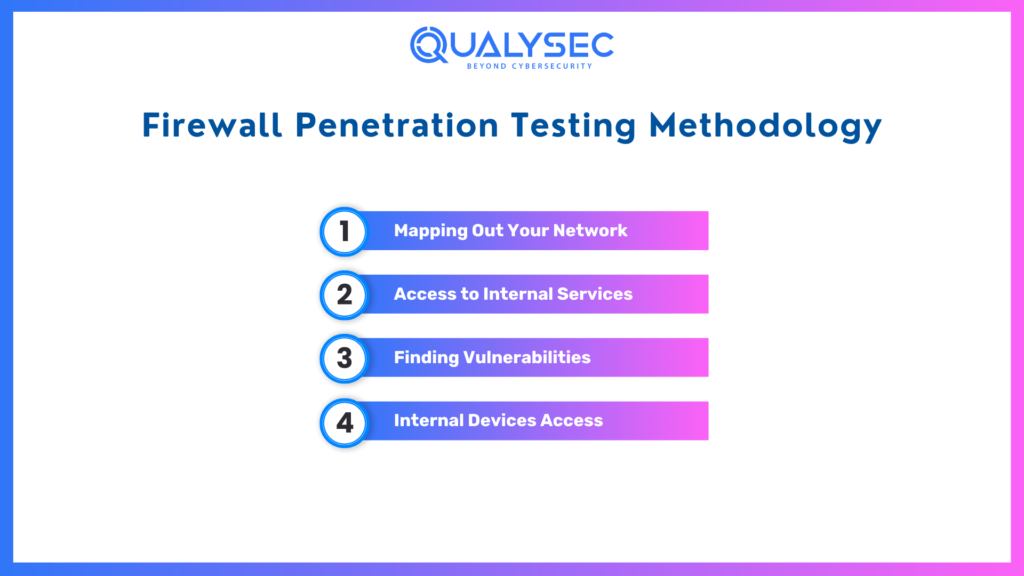
To conduct a firewall penetration test, four steps should be undertaken:
1. Mapping Out Your Network:
During the mapping out your network step, the security researcher tries to “map out” your network externally. The researcher will, therefore, attempt to list the network devices available.
2. Access to Internal Services:
At this phase, the pentester attempts to access internal services like databases, web servers, and file shares. The pentester would attempt to access these services via the spoofed source of network traffic identified at mapping out your network step or any potential means.
3. Finding Vulnerabilities:
Then, the team would attempt to find any vulnerabilities in planning your network step. The penetrator tester then attempts to “exploit” vulnerabilities to access sensitive information.
4. Internal Devices Access:
The last step is to access internal devices like computers, servers, and portable devices. The attacker would then try to “hop” each device to check for all vulnerabilities that give access to sensitive data. Penetration testing for firewalls can be risky, so there should be all security controls and controls in place before the test begins. A good understanding of potential threats and a risk mitigation plan are also important.
Qualysec: Go-To Solution For Firewall Penetration Testing
Qualysec offers the most detailed firewall penetration testing service, enabling you to find and resolve potential security weaknesses in your firewall setup. With Qualysec’s simple-to-use web-based interface, you can easily test your firewall’s security and receive comprehensive reports of vulnerabilities.
Some of the major features provided by Qualysec’s pentest platform are
- CI/CD integration
- Contextual collaboration
- Continuous penetration testing
- Detailed remediation guidelines
- Video PoCs to reproduce issues.
Qualysec’s firewall testing tool is used by the top organizations in the world and is the ideal solution for securing your network. Our firewall testing approach is founded on years of experience and is continuously updated to make it capable of discovering and capitalizing on the newest vulnerabilities.
Conclusion
A firewall penetration test is paramount for any company’s security group. Security teams can use firewall penetration tests to determine vulnerabilities within their network framework and chart their attack surfaces. As the climate of cybersecurity threats continues to fluctuate, having you perform a firewall penetration test to secure your network as far as possible against external threats is paramount. Contact a Firewall Penetration Testing service provider like Qualysec now!
Talk to our Cybersecurity Expert to discuss your specific needs and how we can help your business.
FAQs
1. What is the price for firewall penetration testing?
The cost for firewall penetration testing is between $200 to $400 per month.
2. How often should I perform penetration tests?
It’s suggested to run penetration tests every quarter so you can have a better understanding of your organization’s security health.
3. What are a few common techniques used in firewall penetration testing?
Common techniques include port scanning, vulnerability scanning, firewall rule analysis, and attempts to pass access controls. Testers may even attempt to take advantage of recognized vulnerabilities in firewall software.
4. What’s the difference between a vulnerability assessment and penetration testing of a firewall software?
A vulnerability assessment identifies potential weaknesses, whereas penetration testing actively tries to make the most of the weaknesses to decide the extent of the security threat. So, a vulnerability assessment reports on viable holes, and the penetration check attempts to go through the holes.





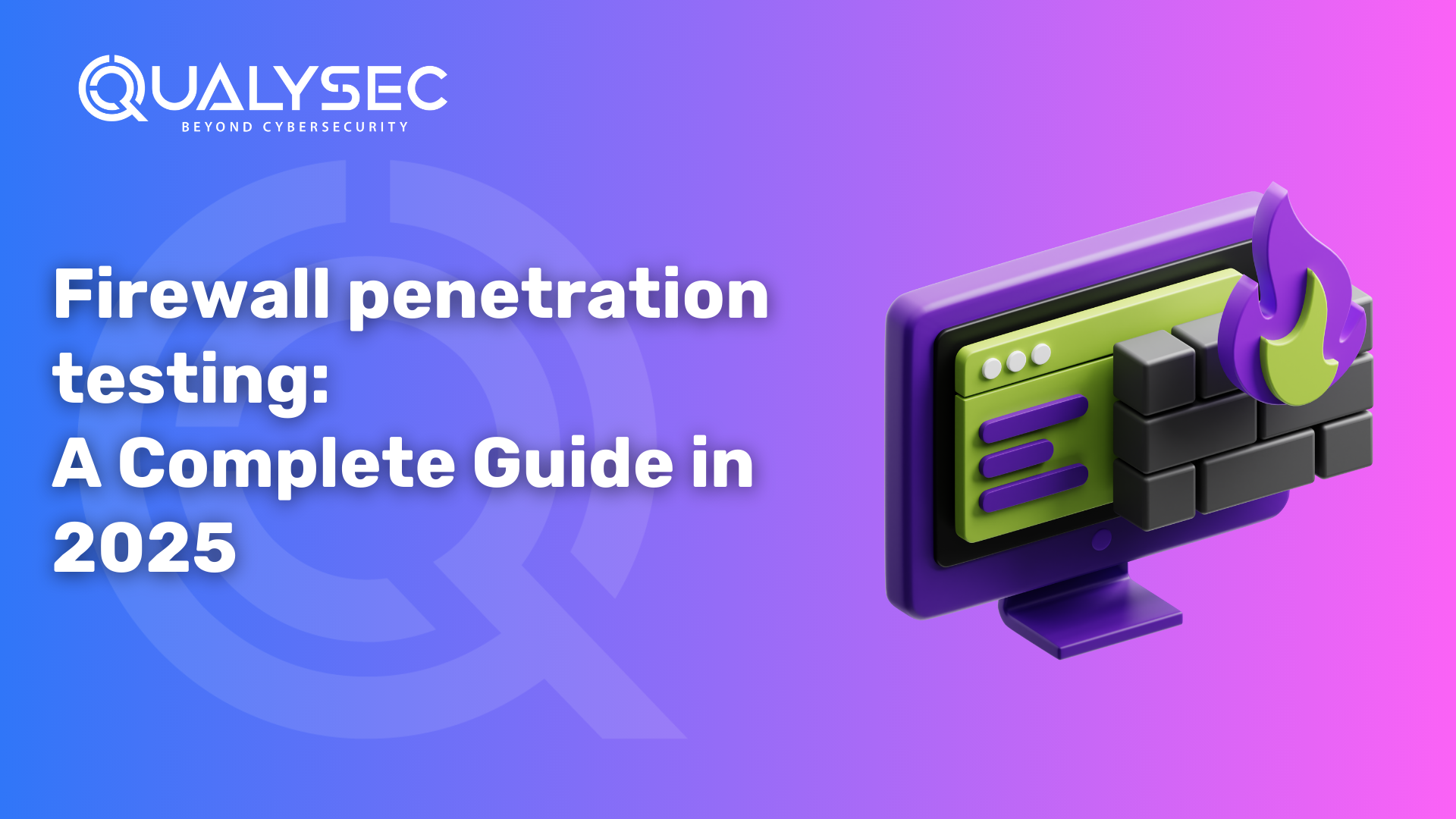



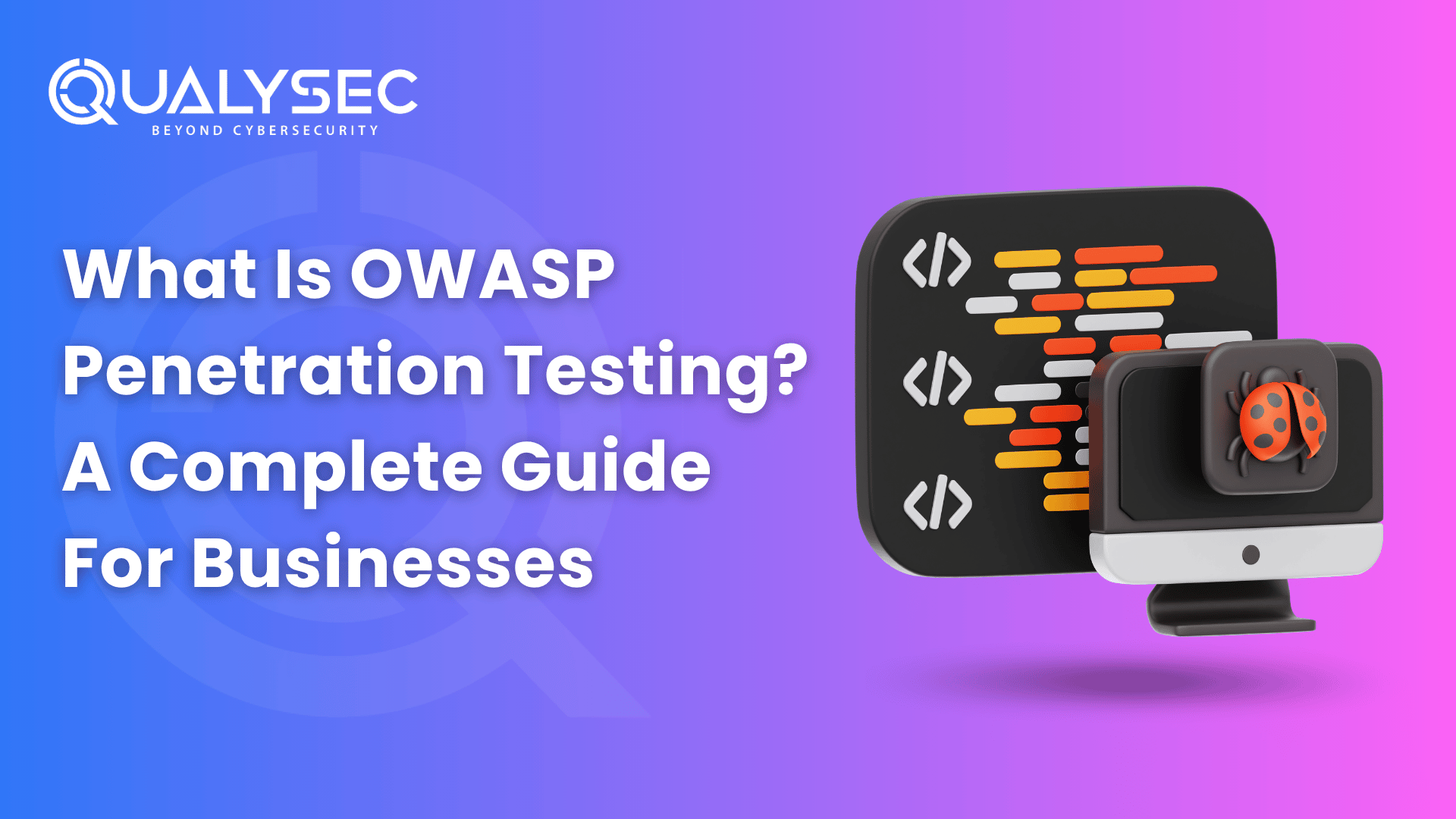


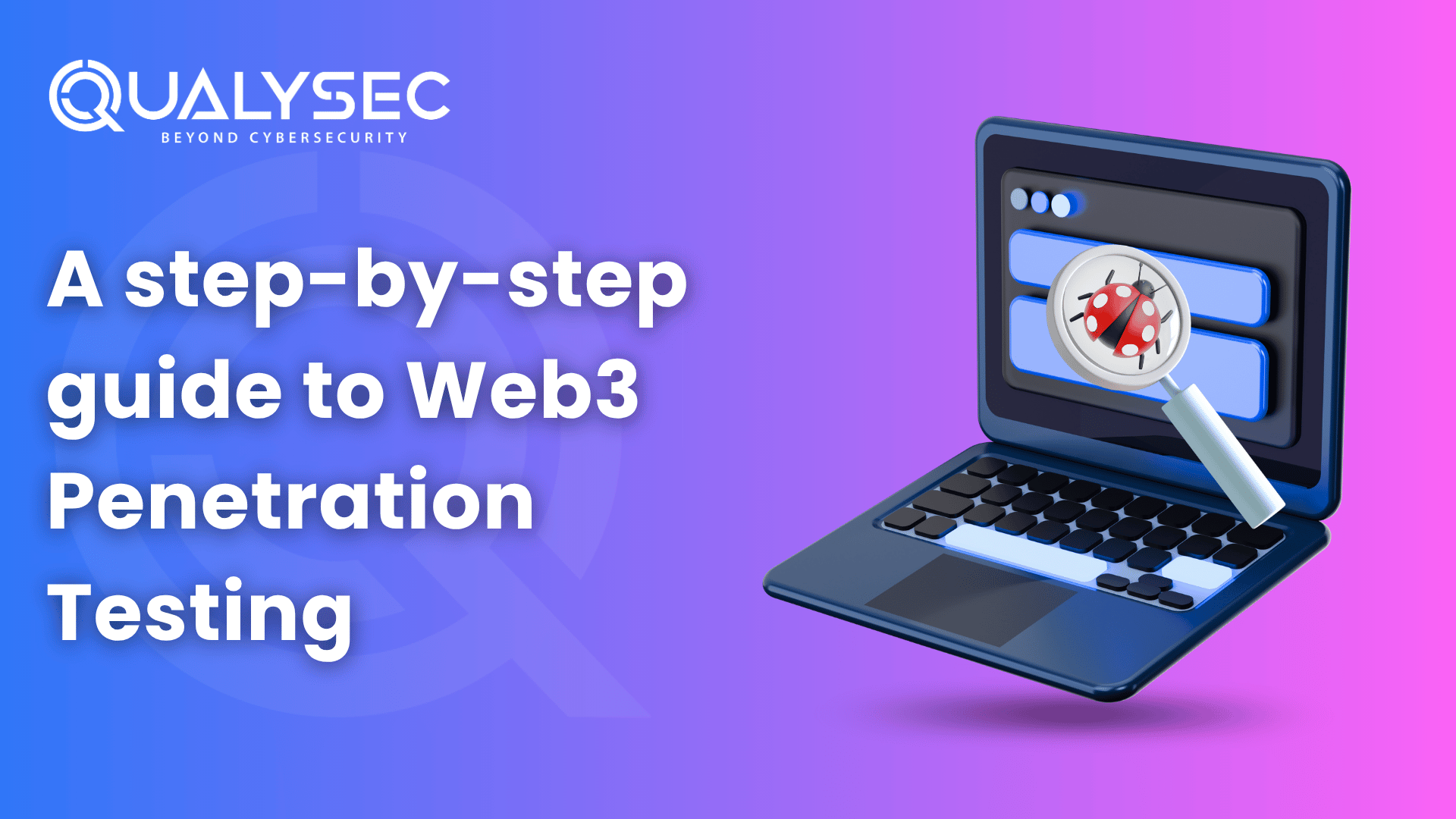






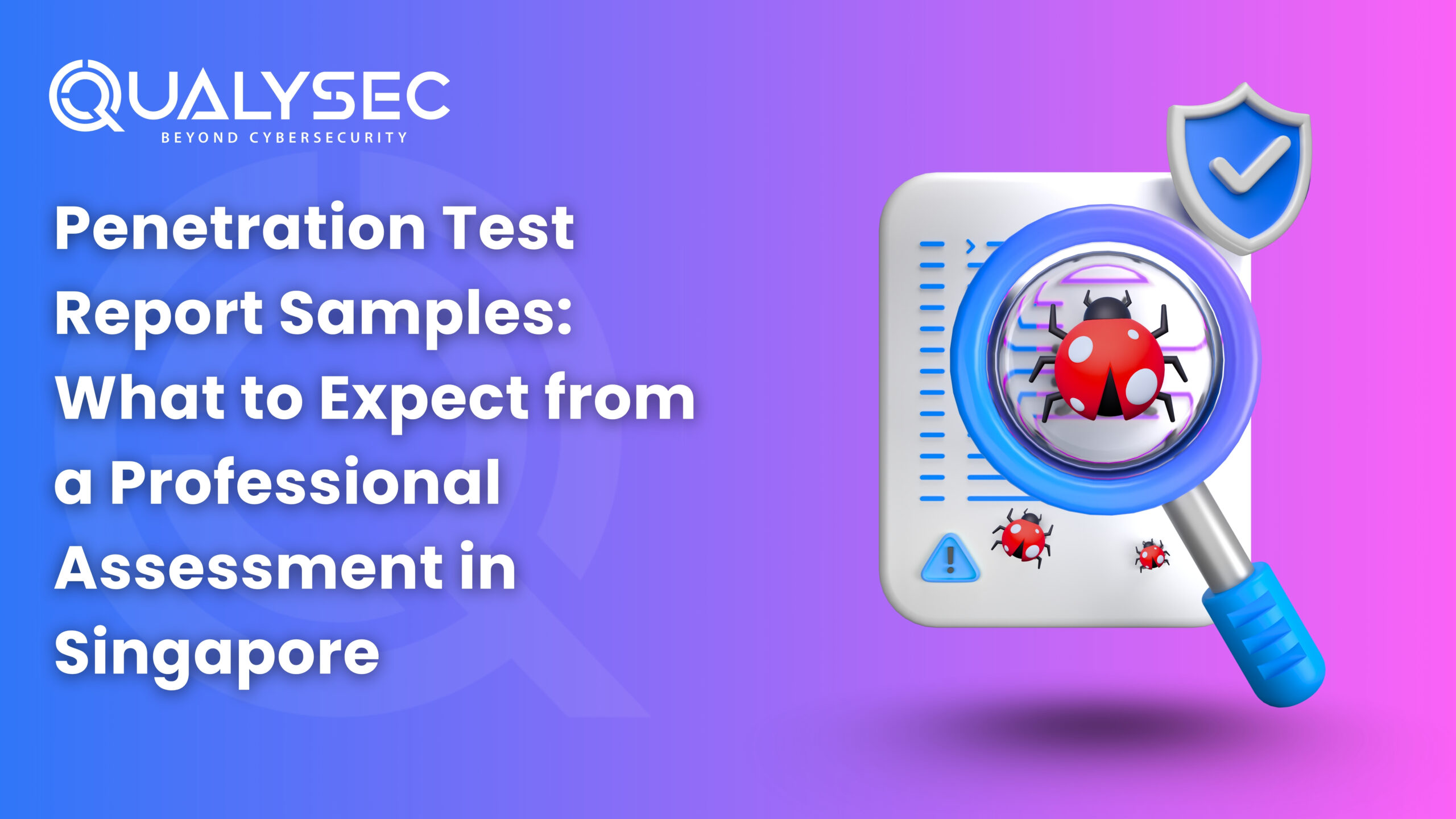
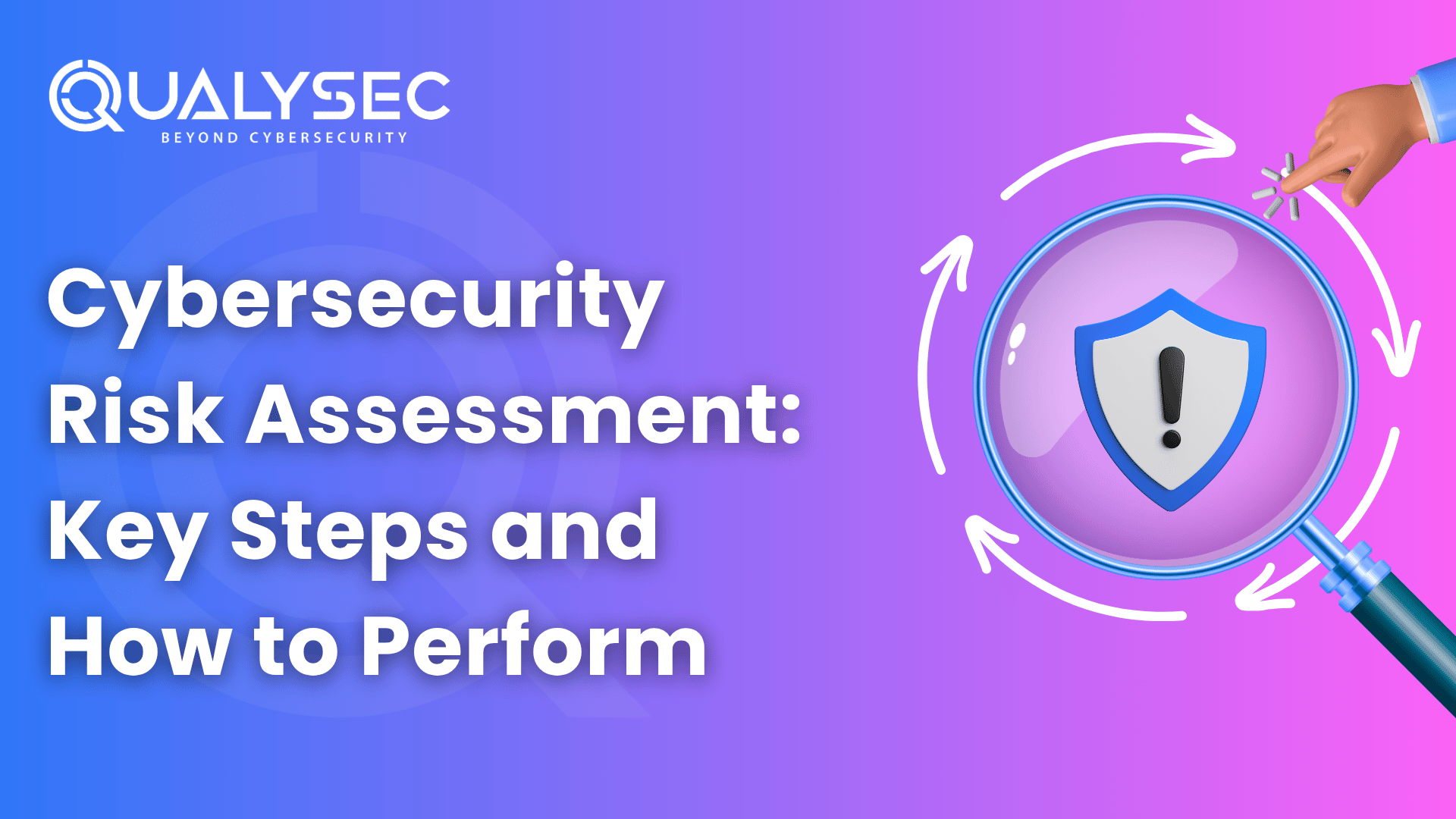










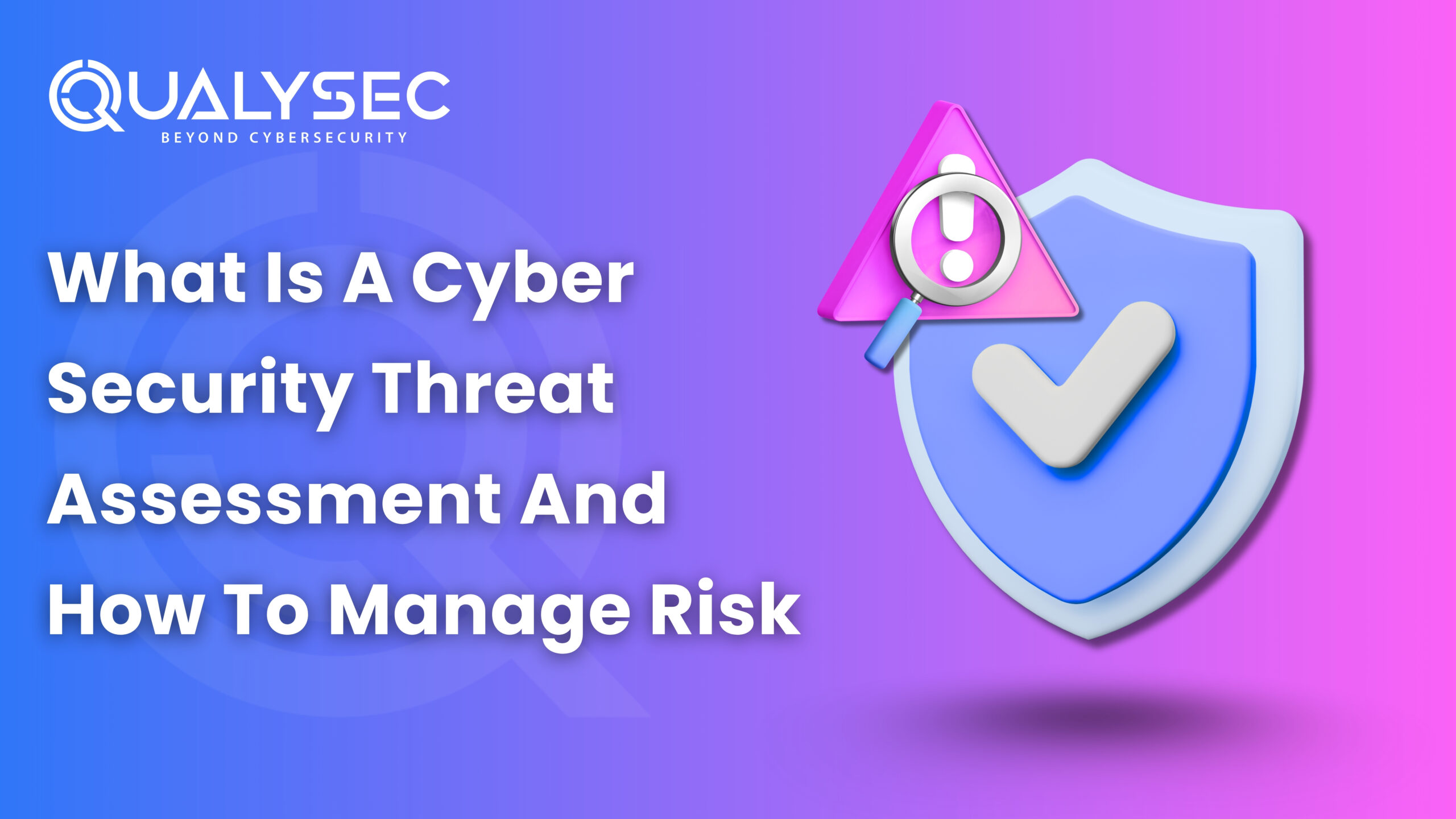








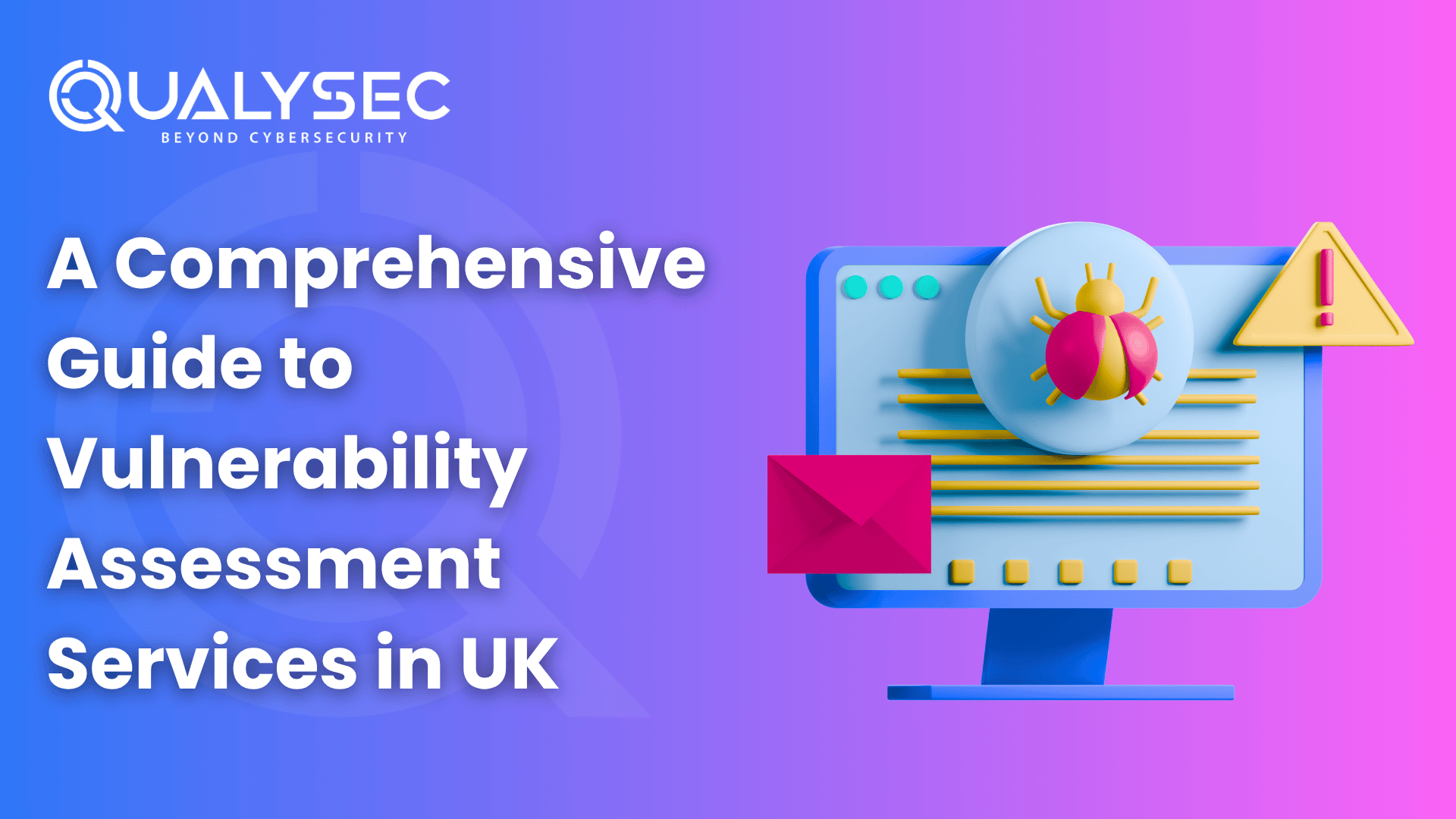














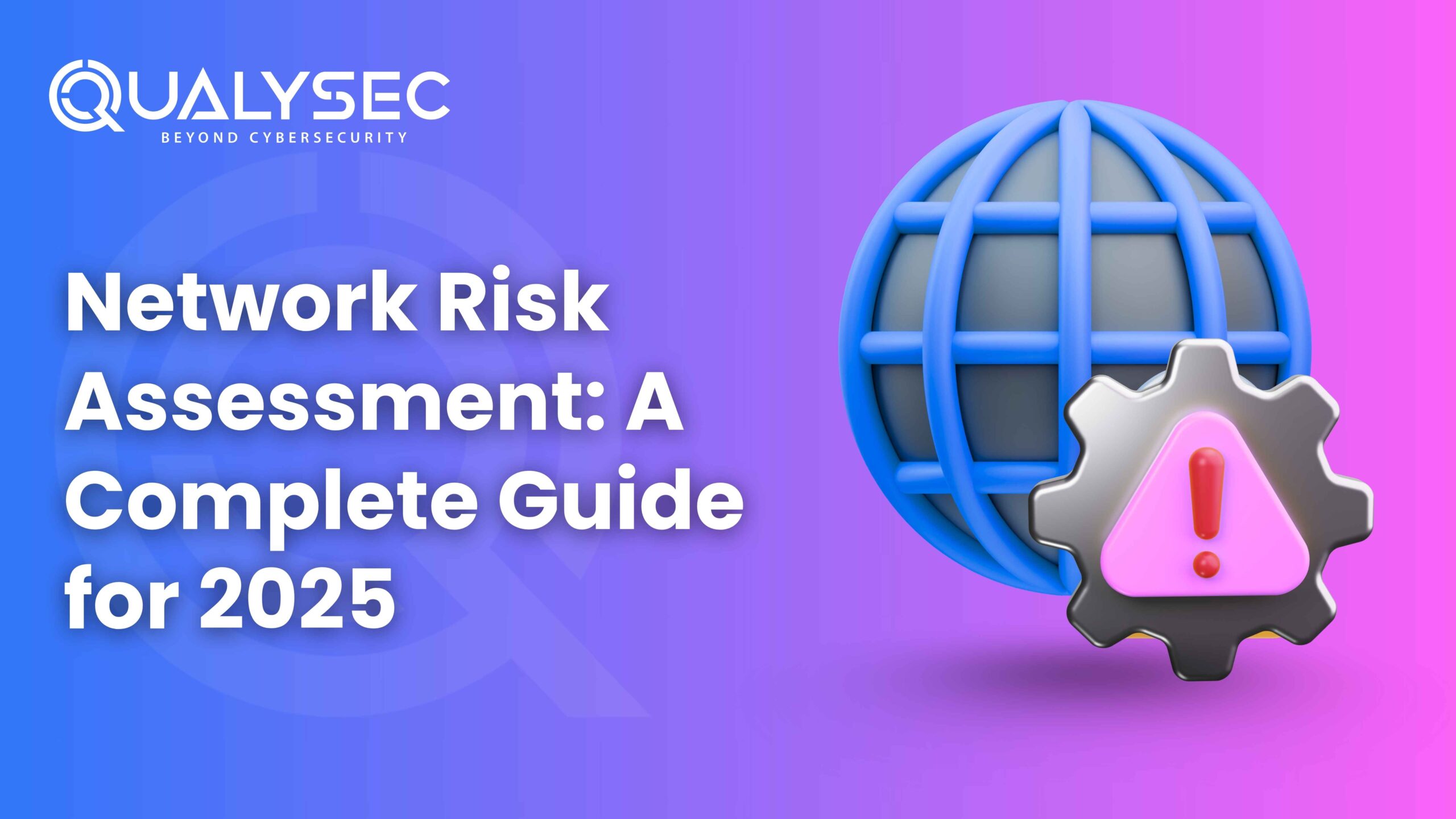
















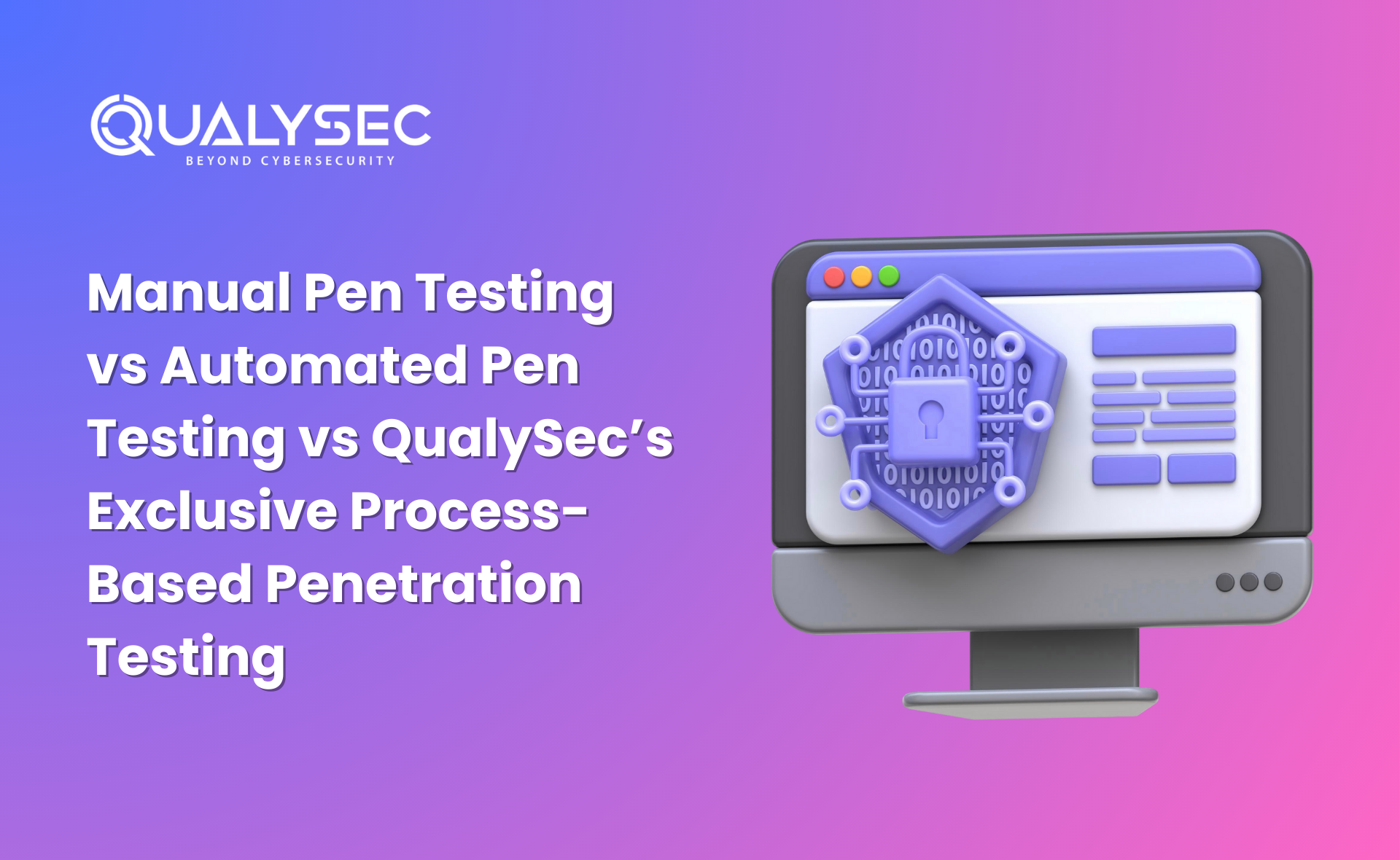






























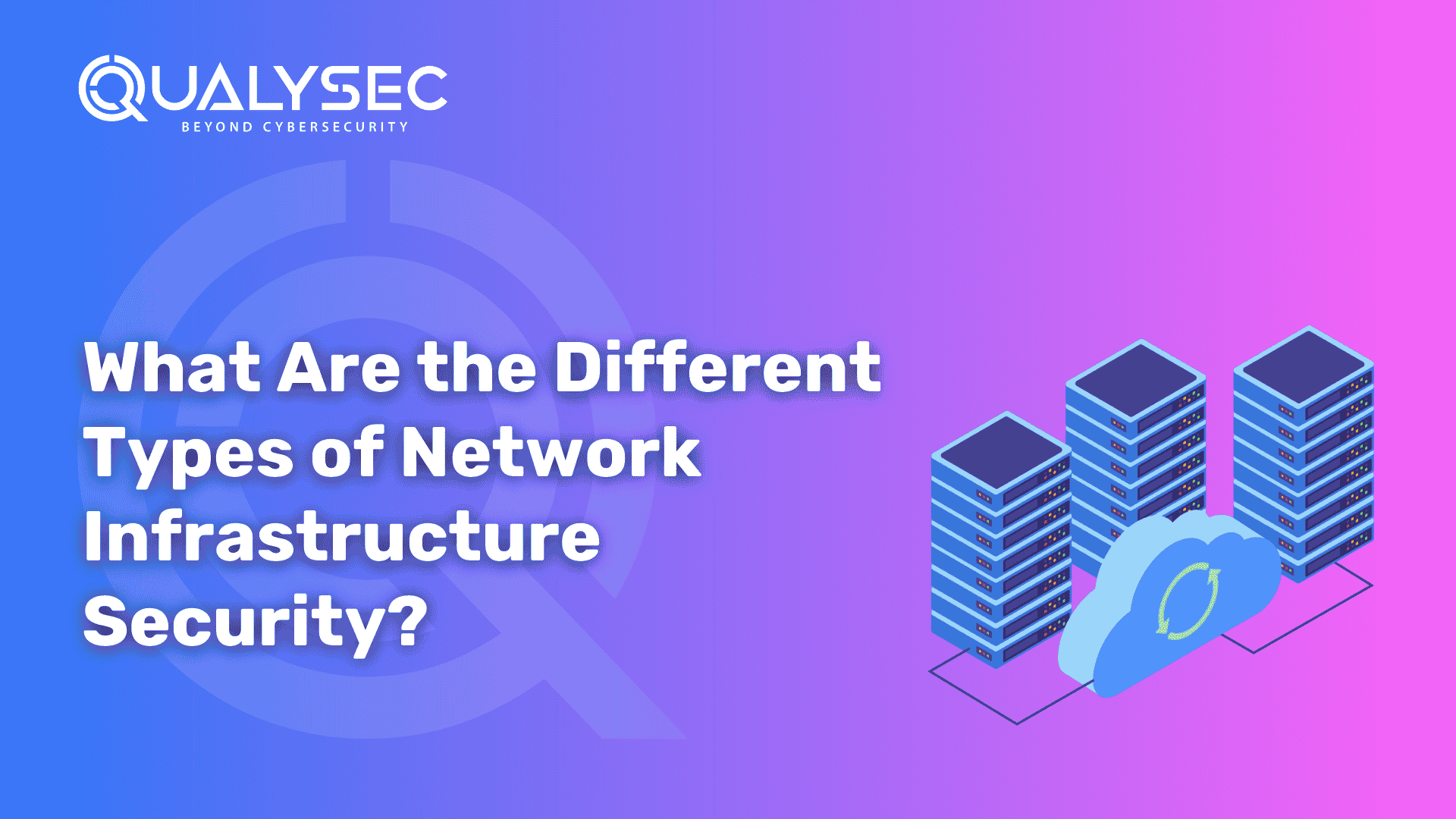





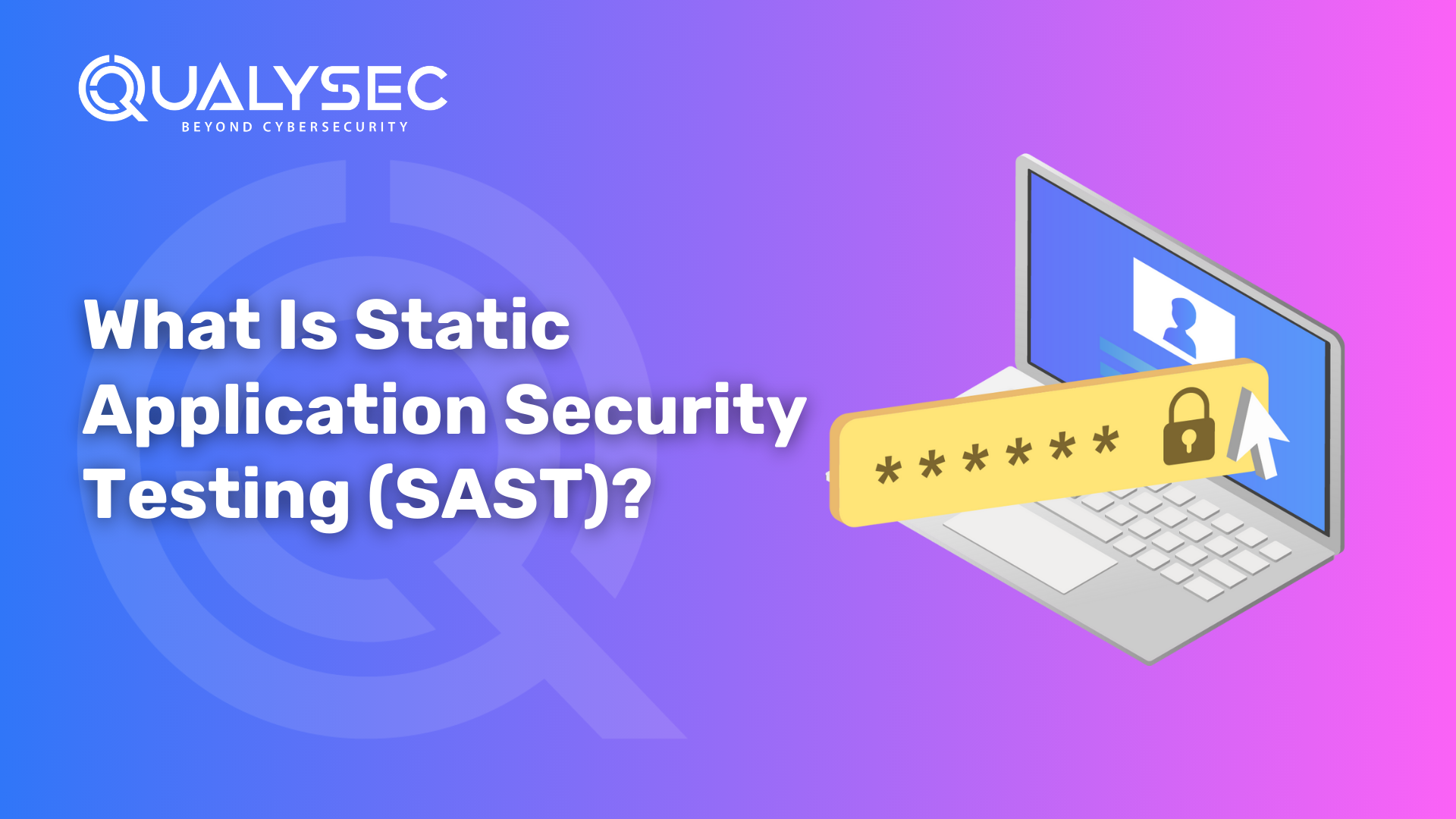

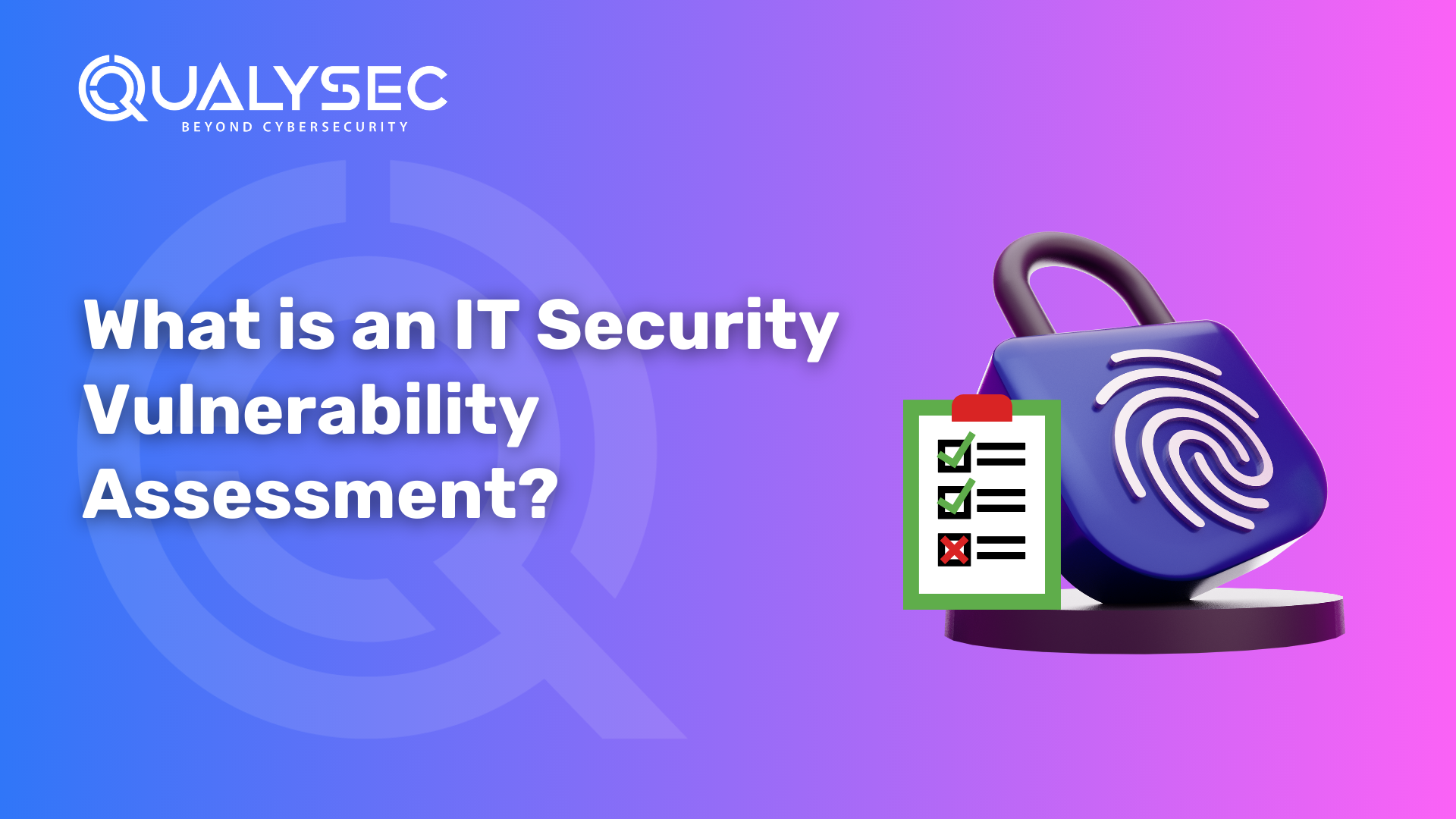


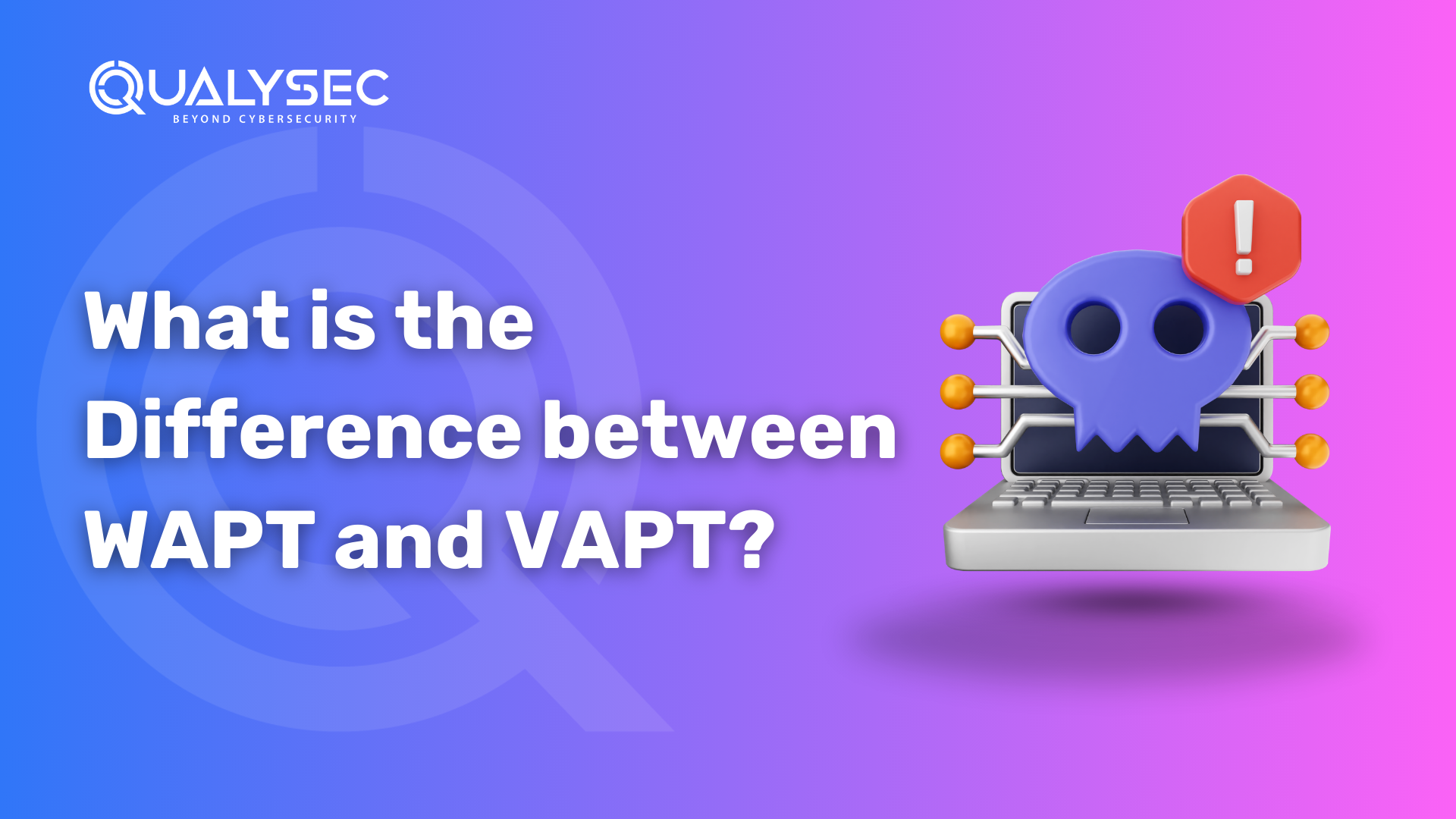
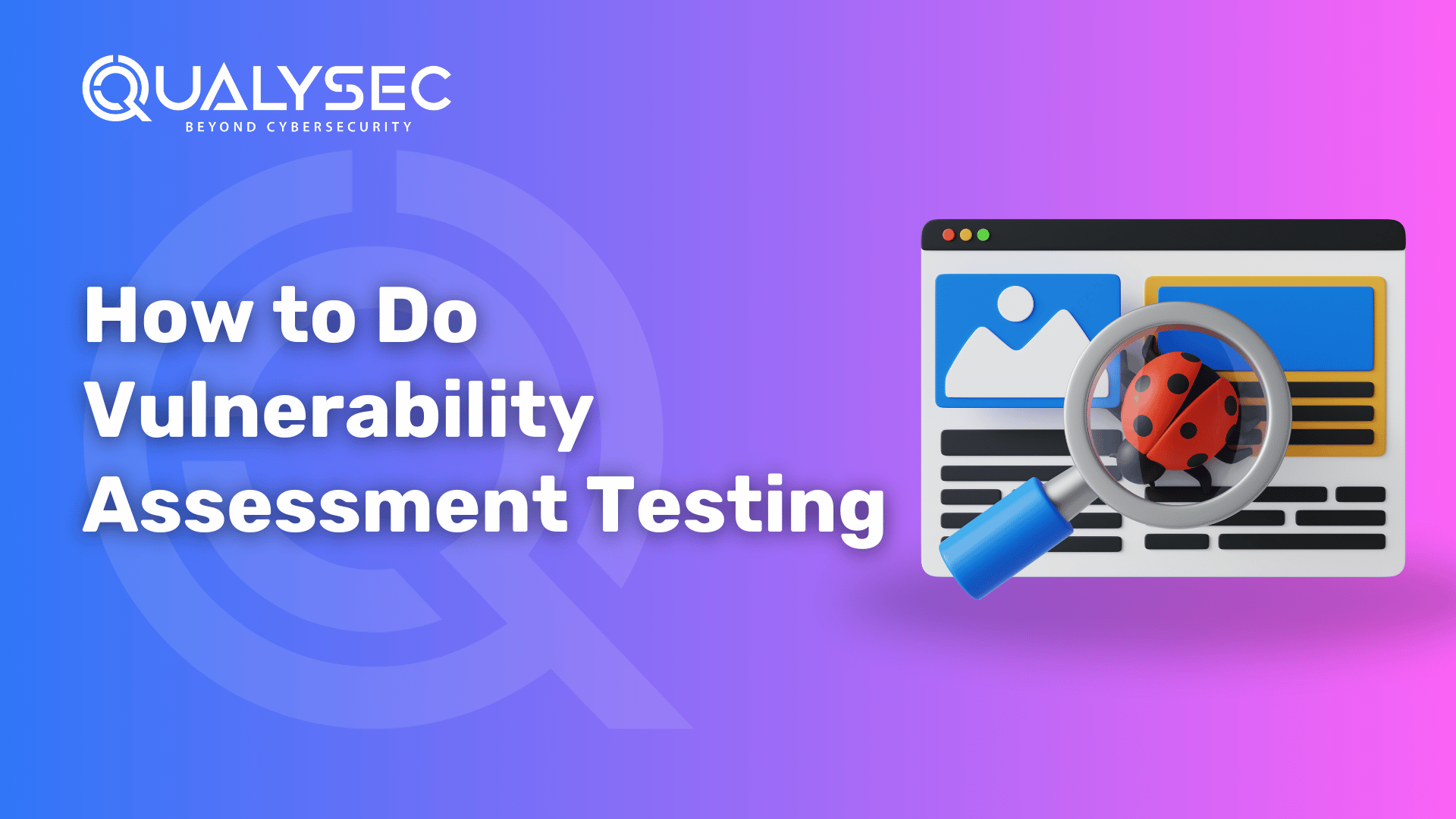




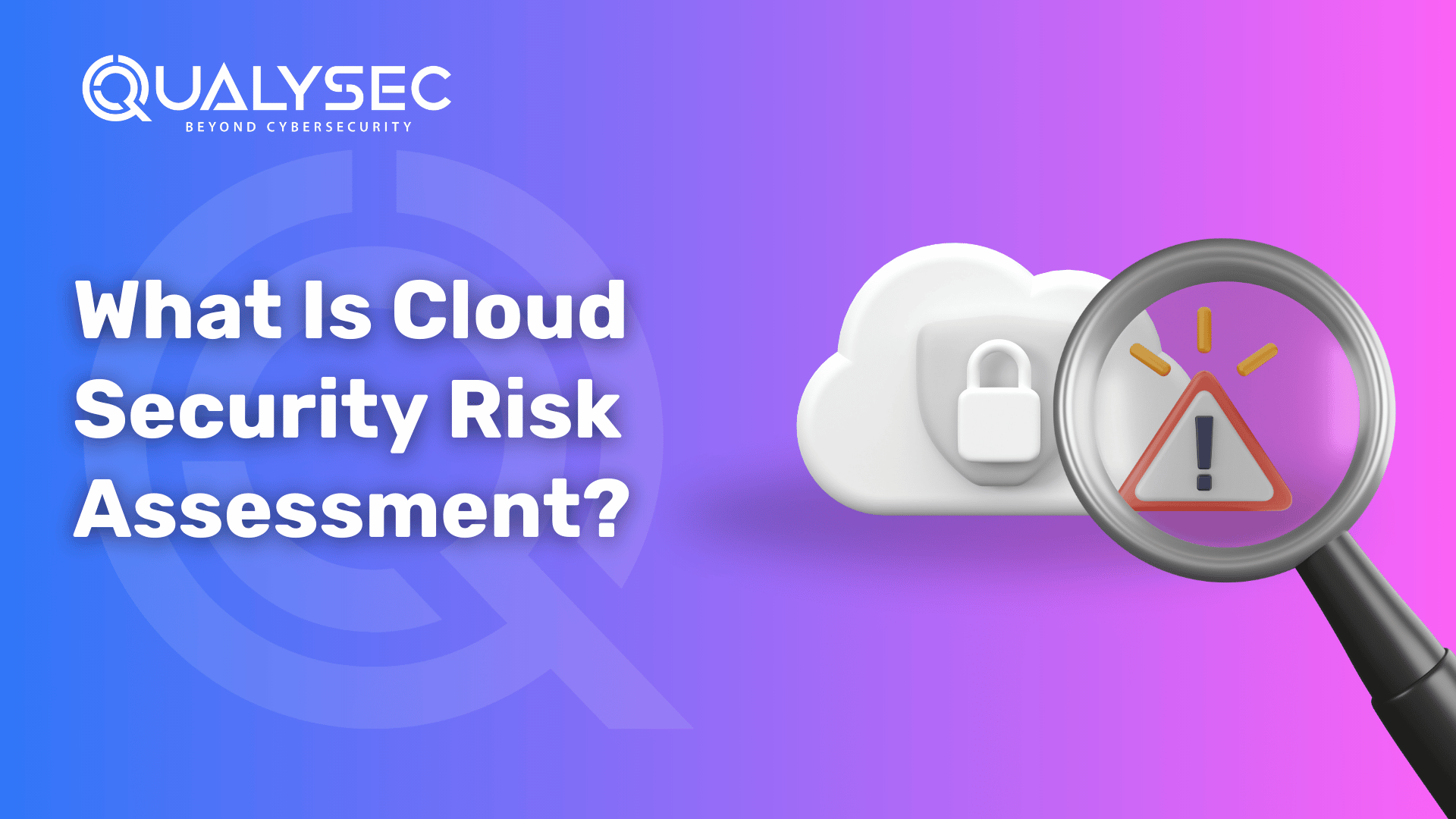






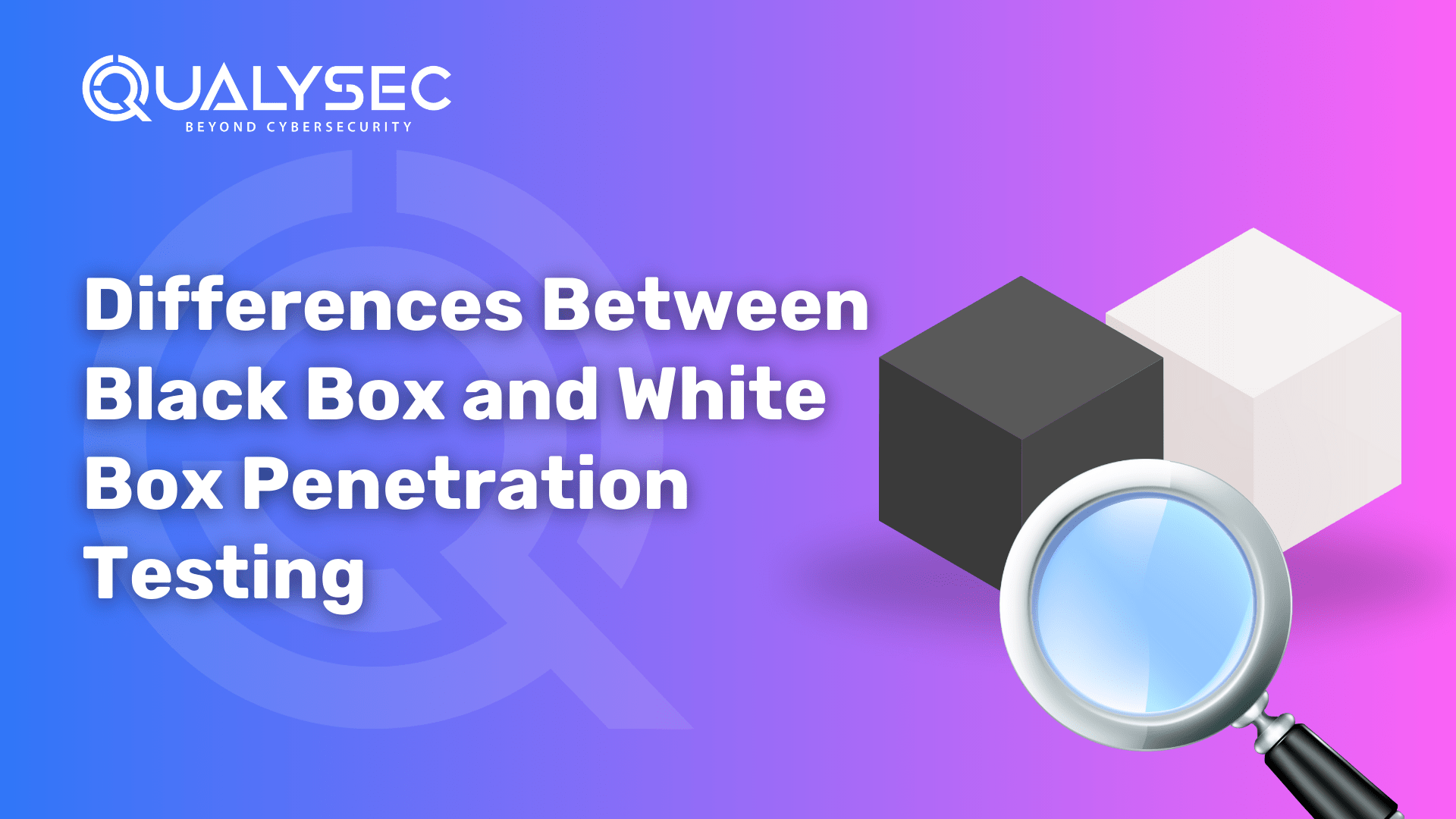
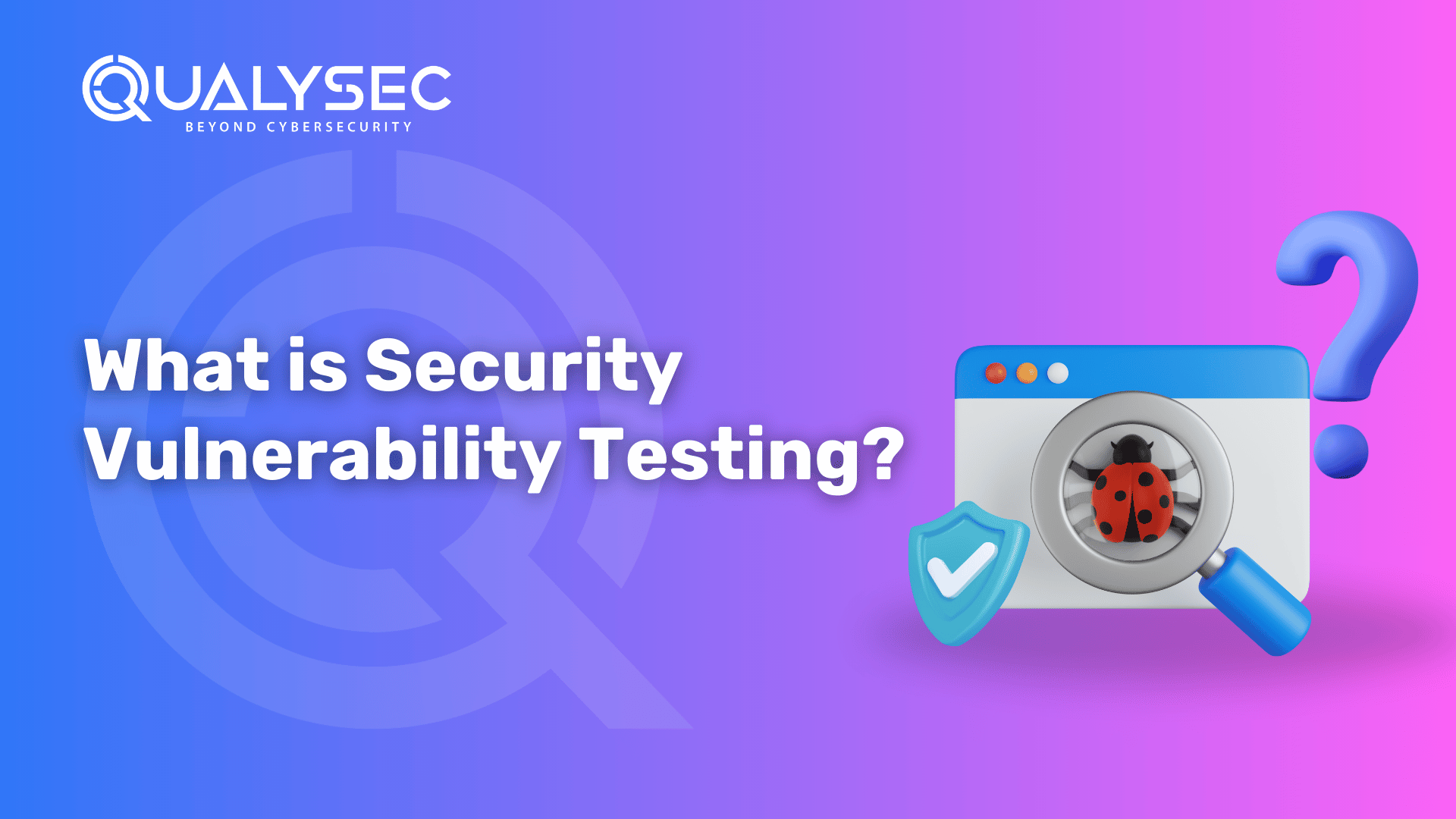





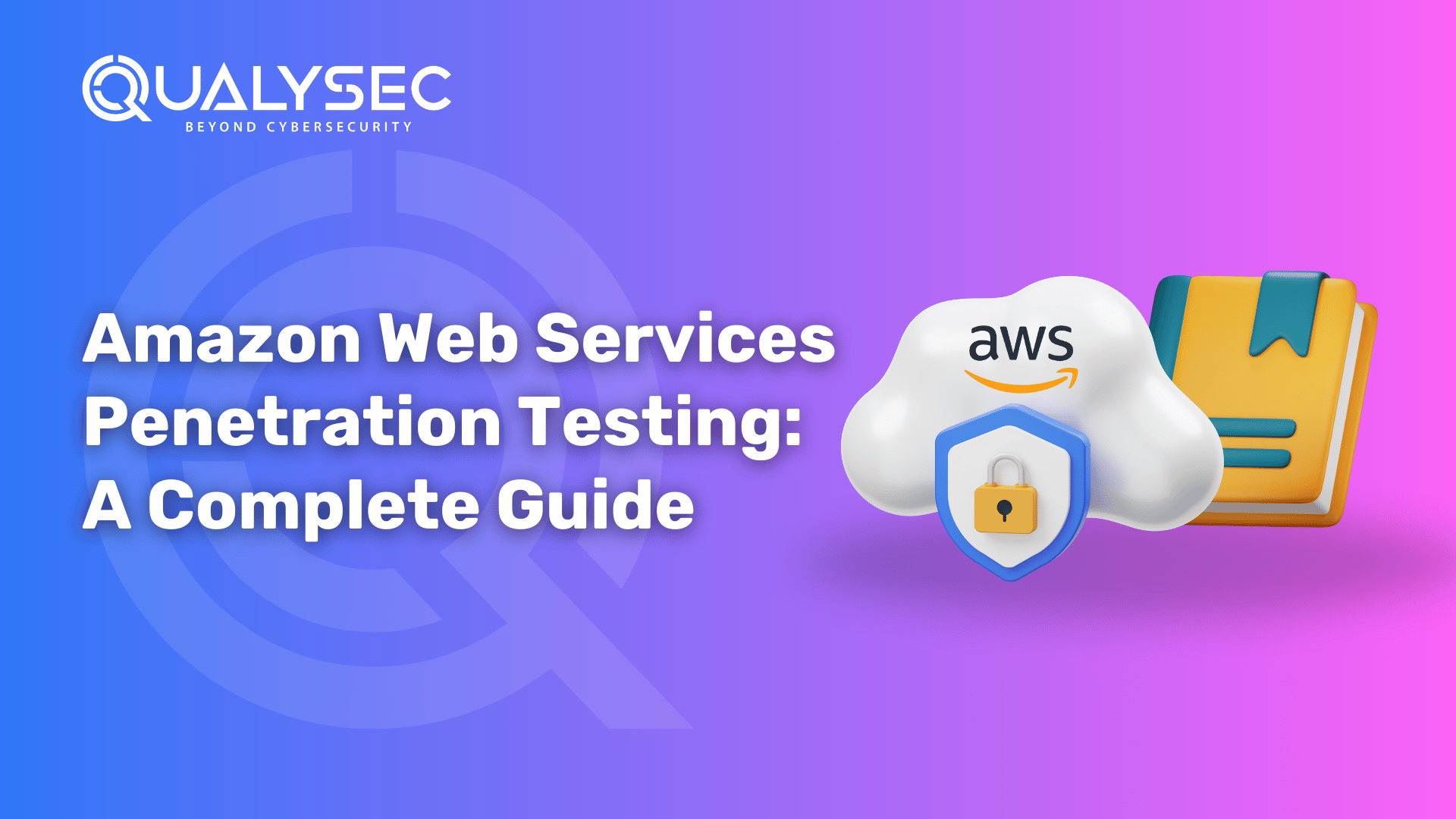














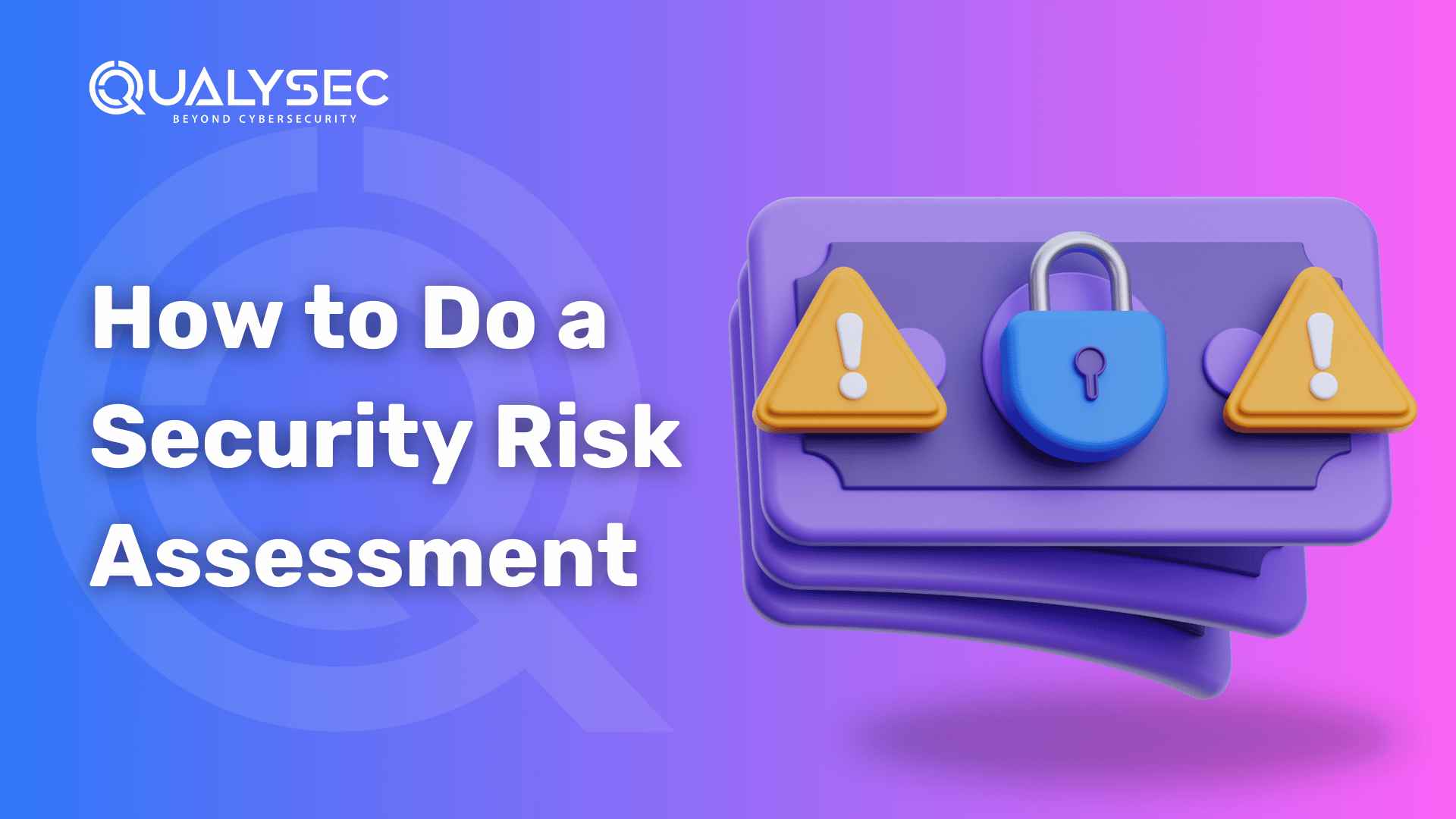

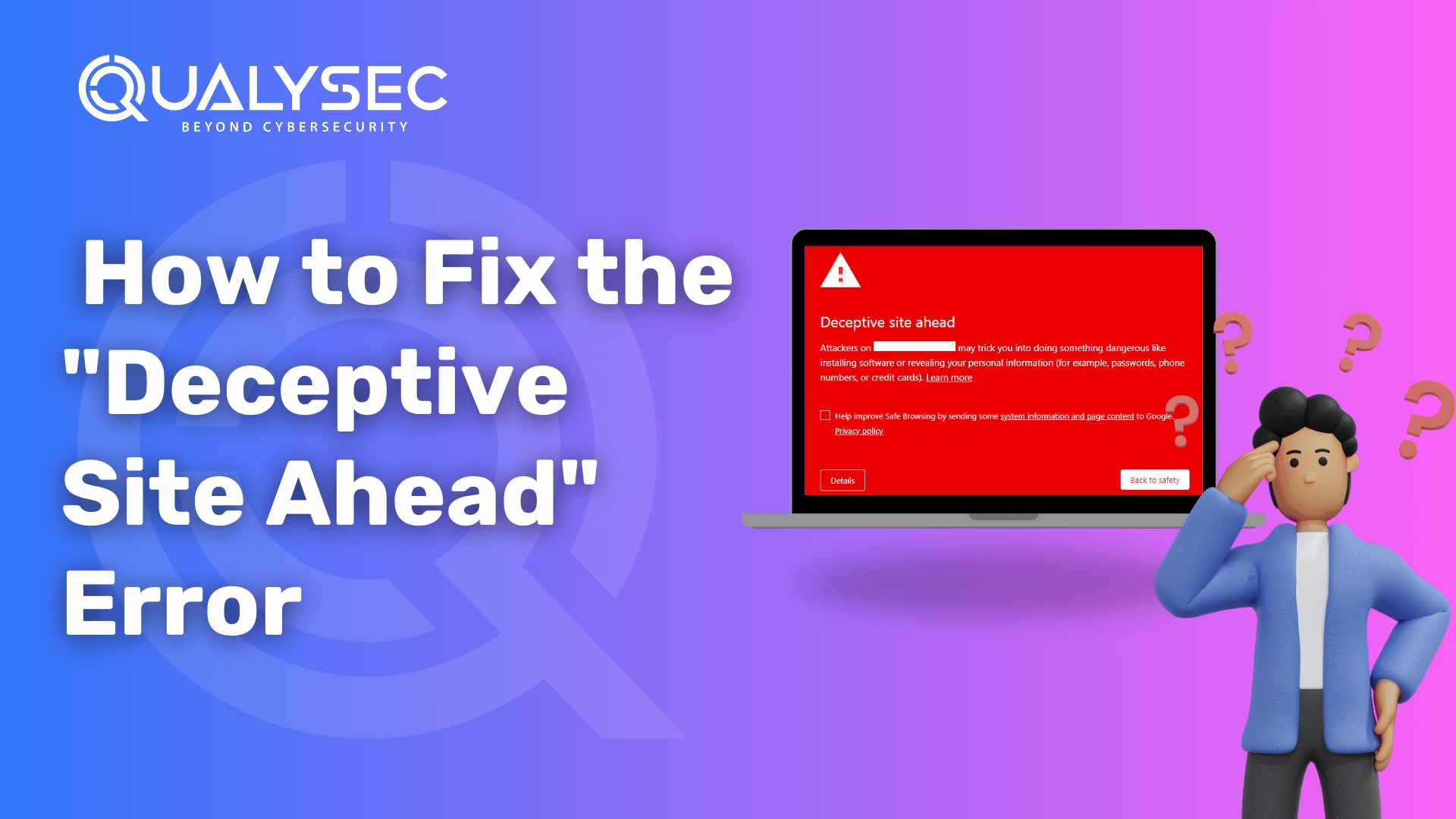
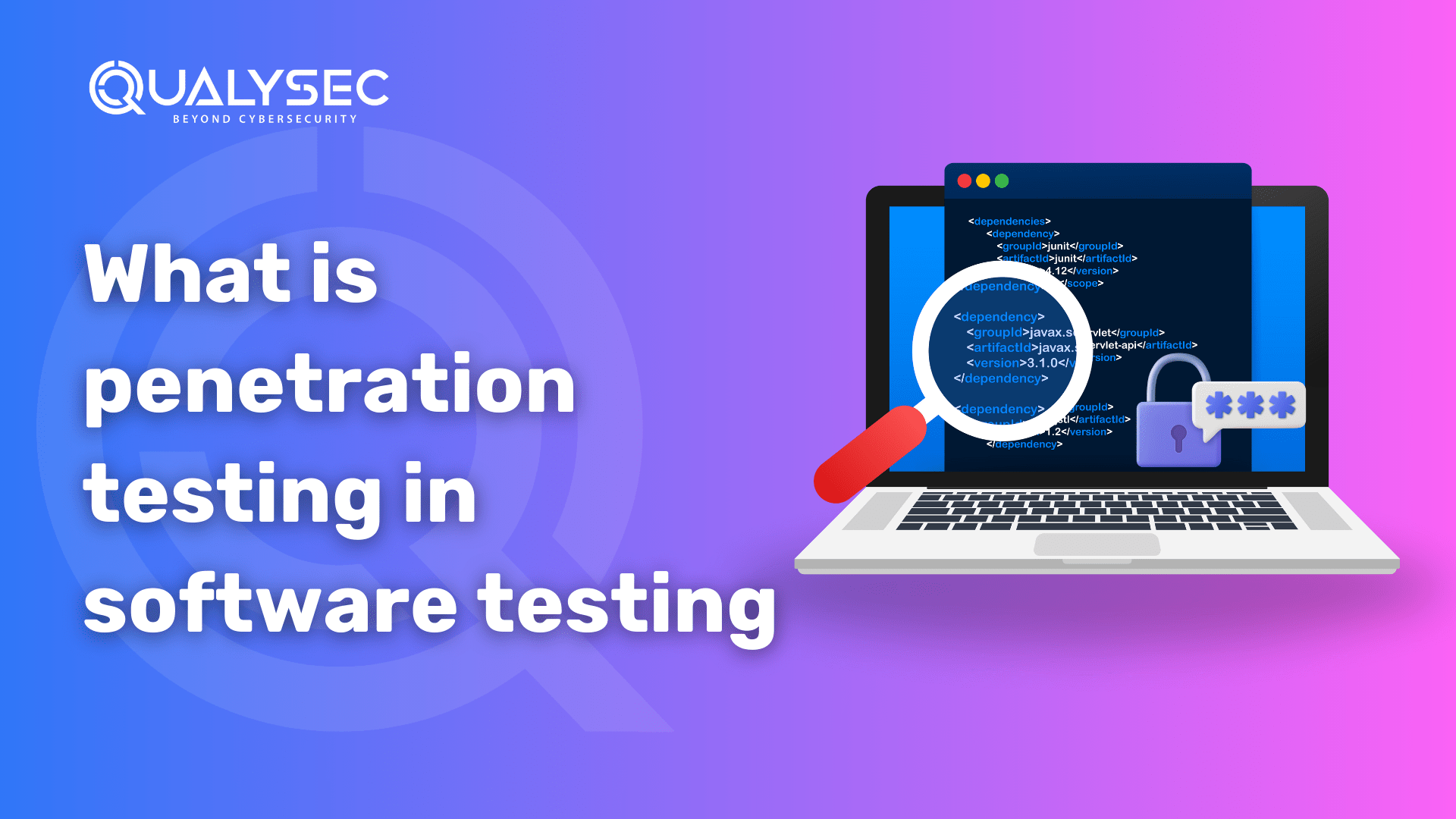


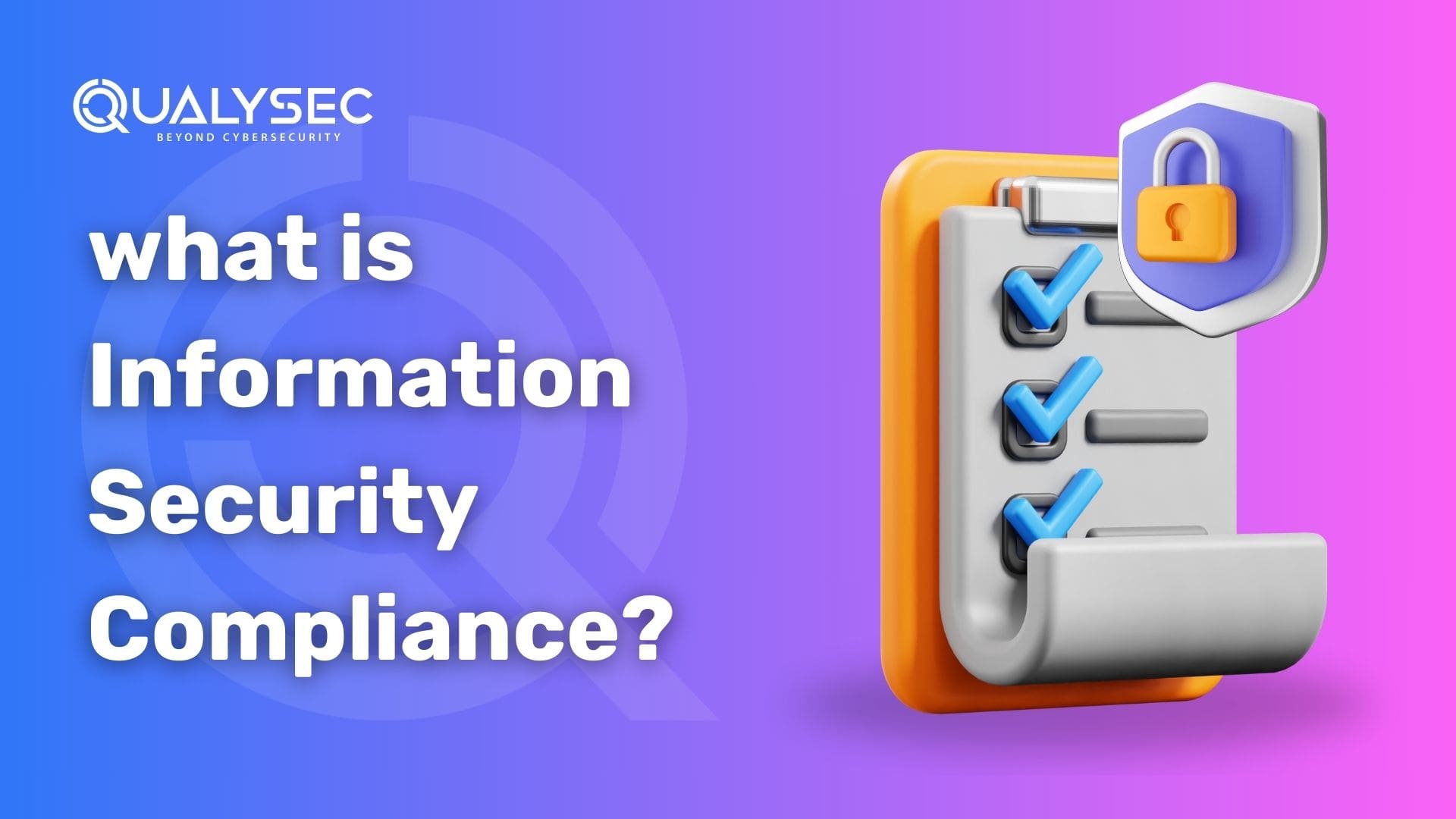

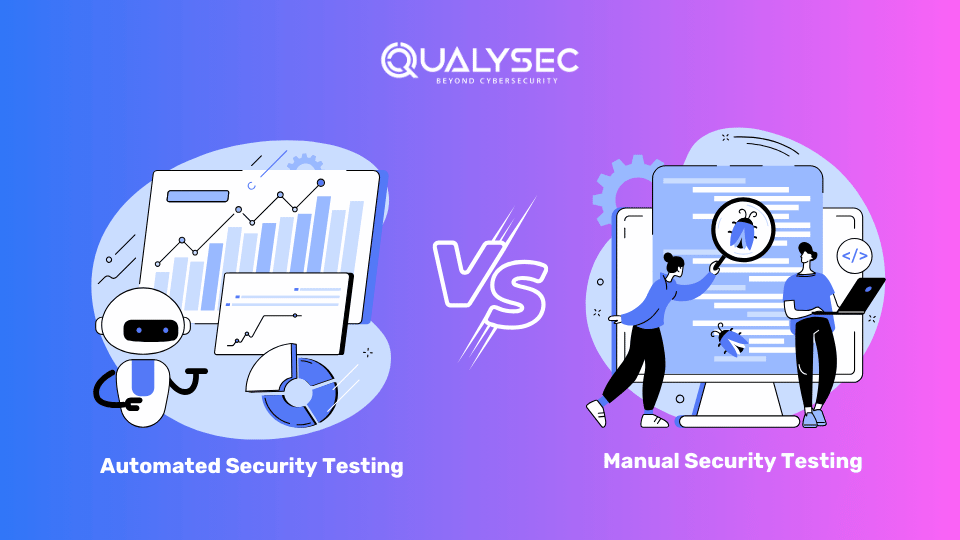


































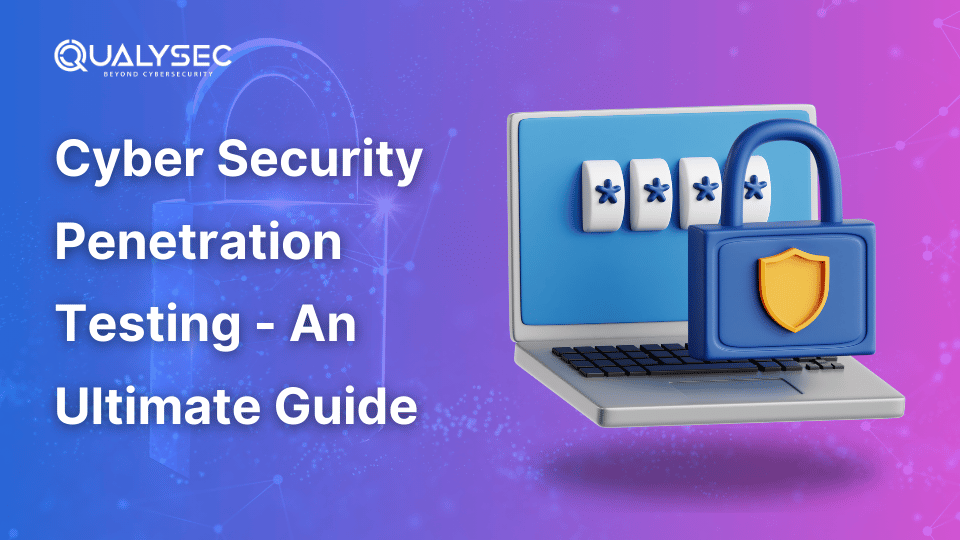

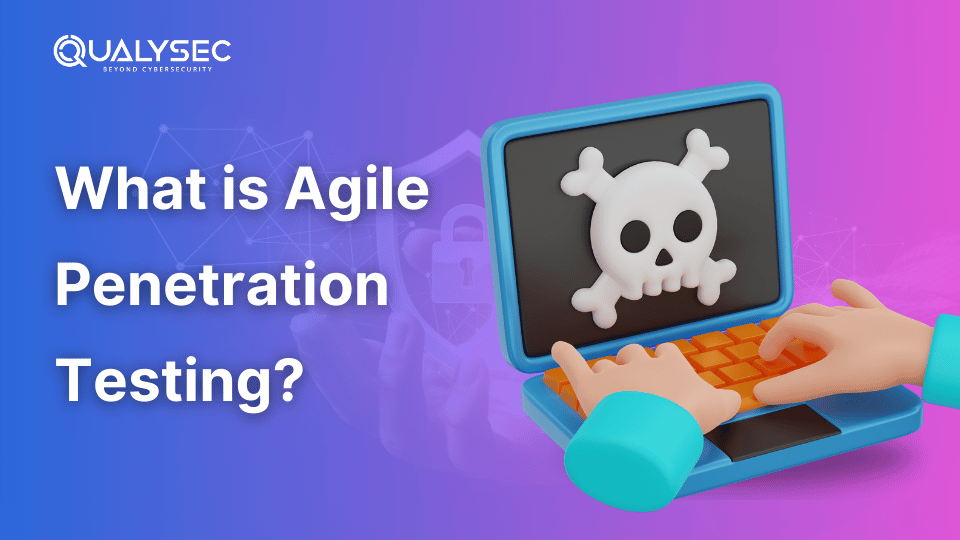



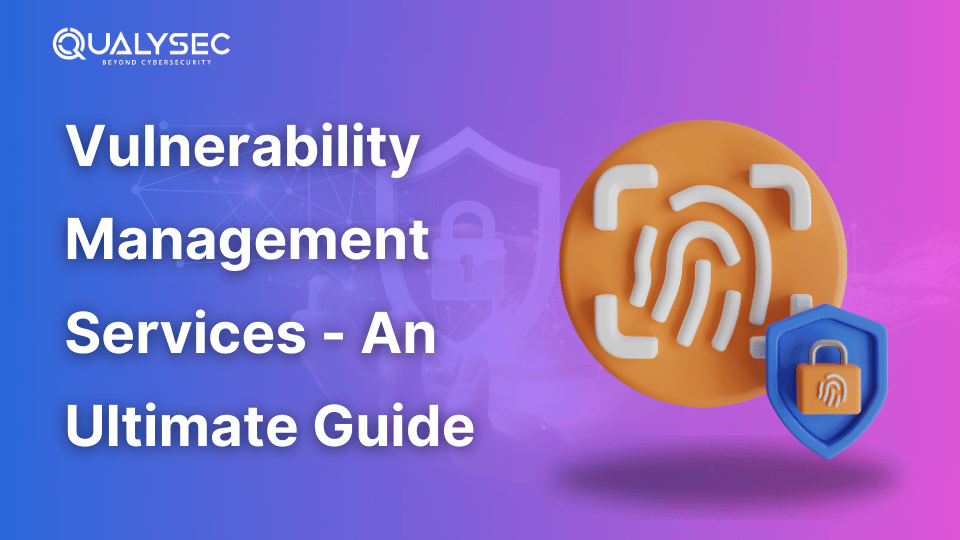











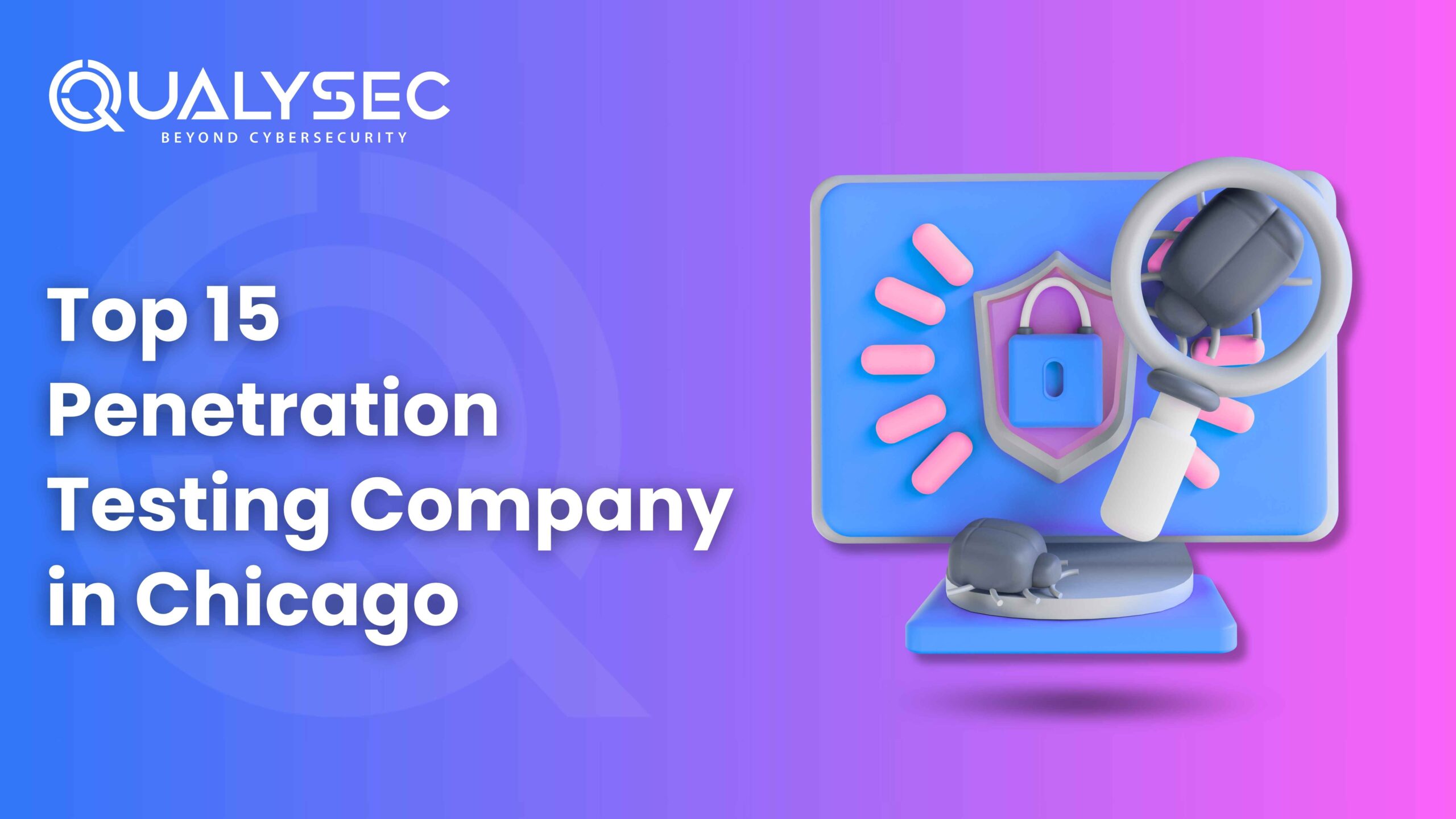







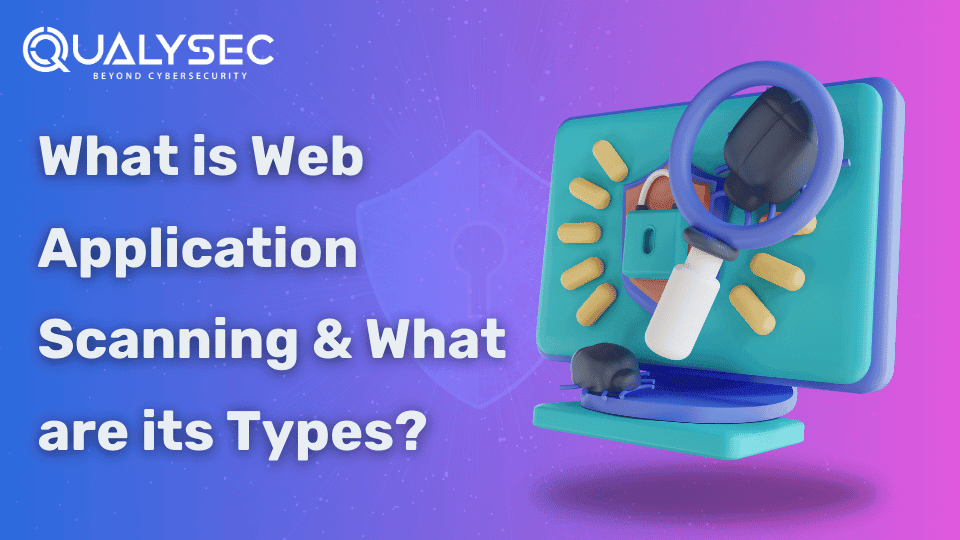
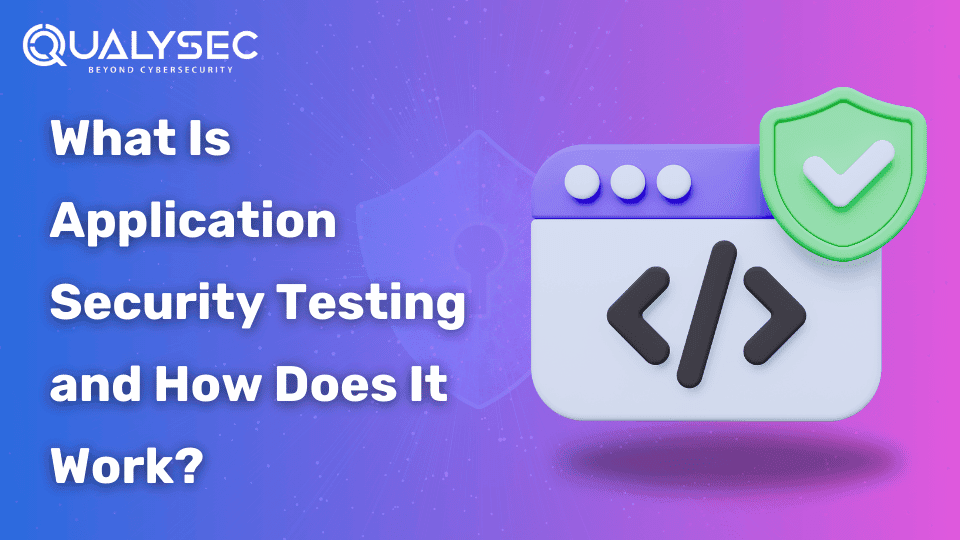
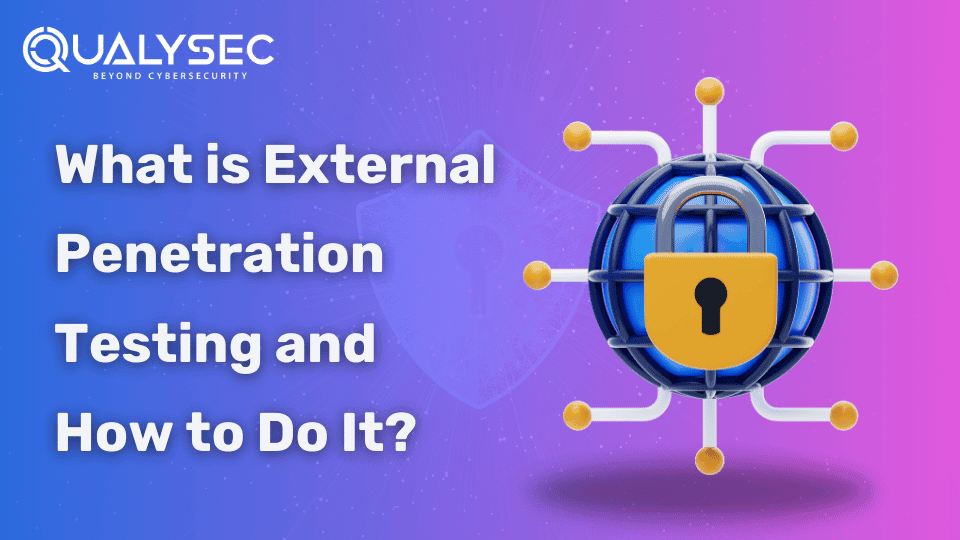
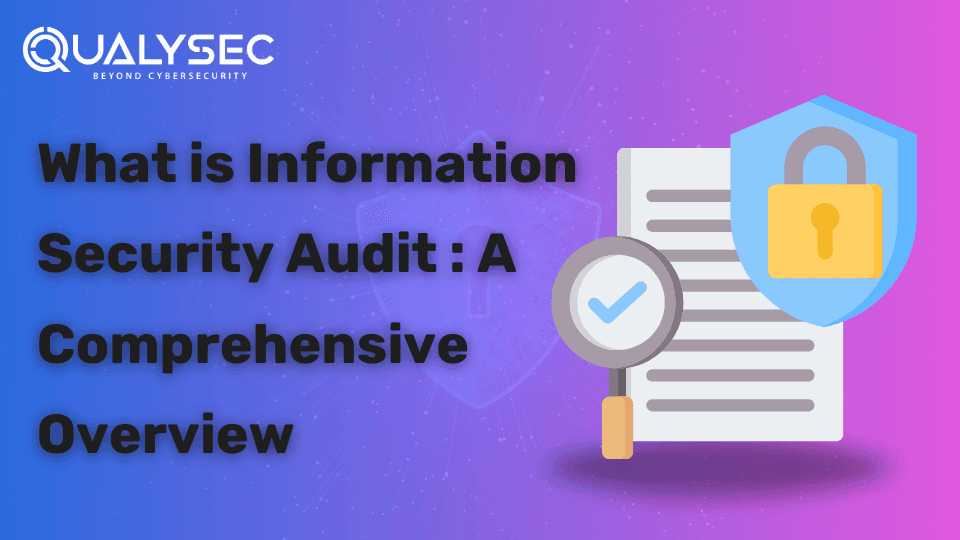





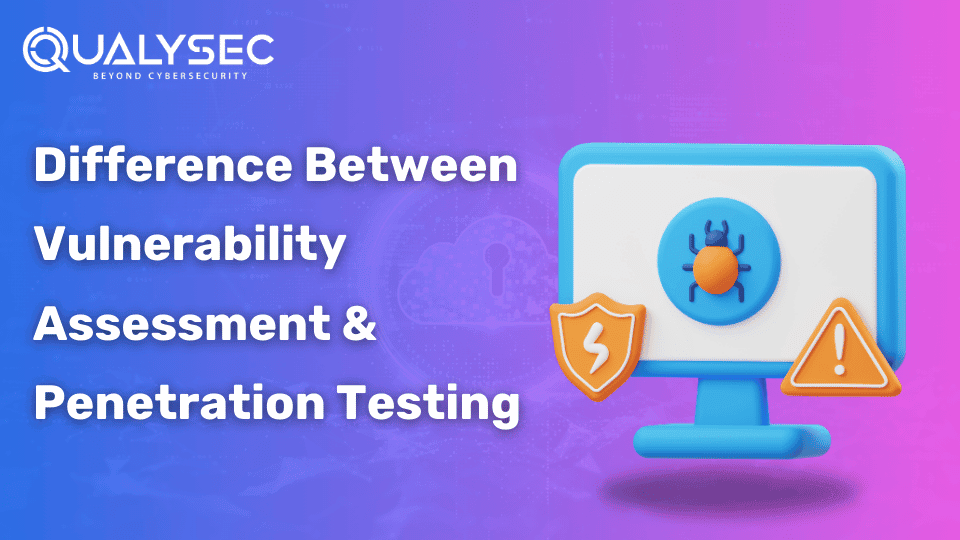

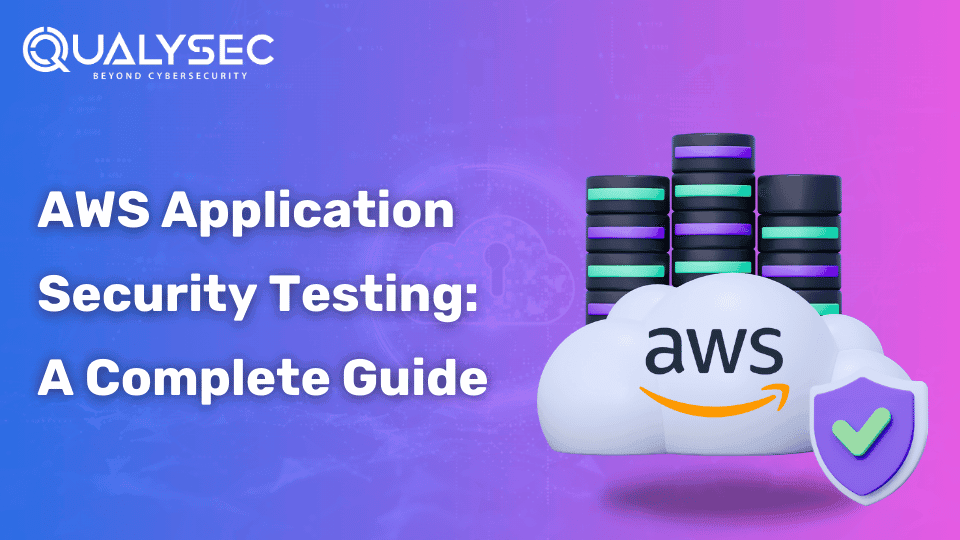













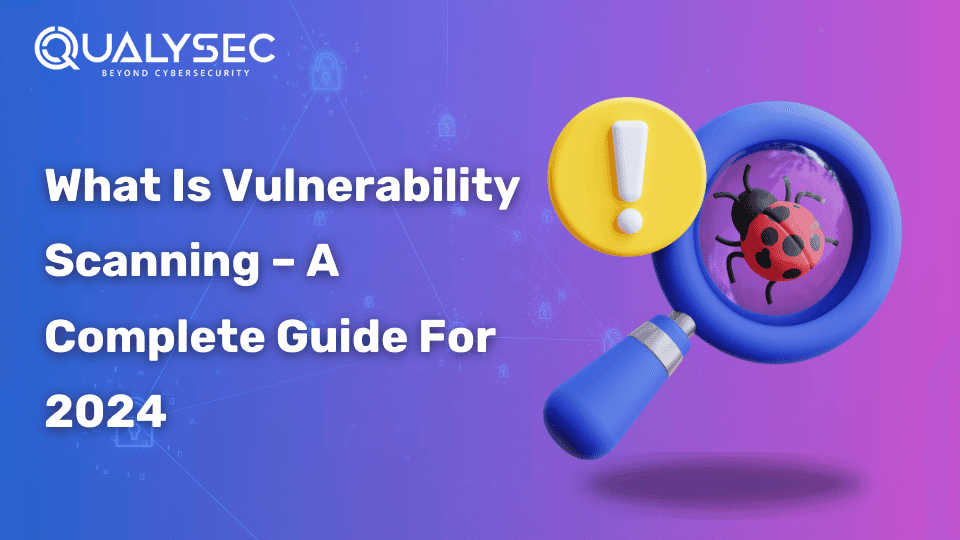





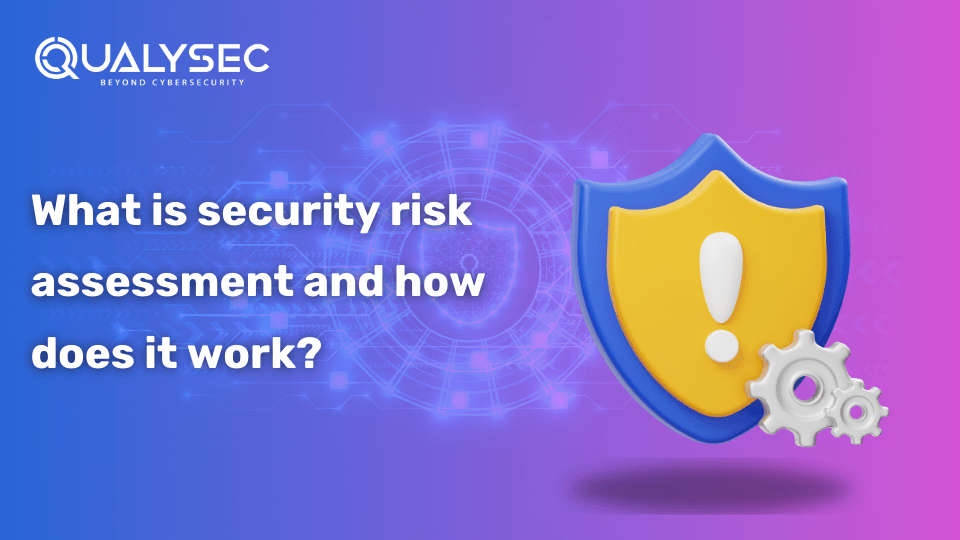




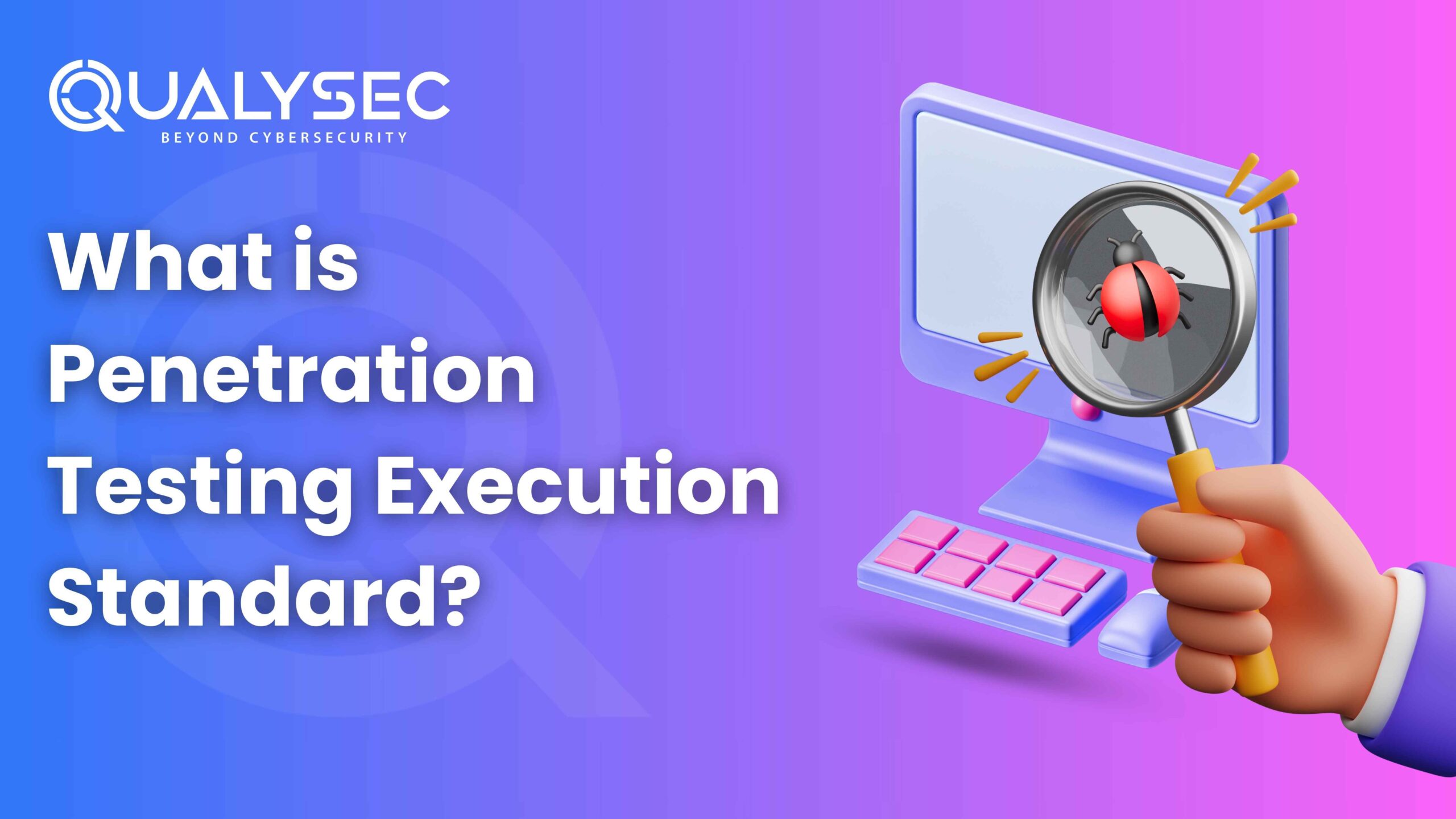

























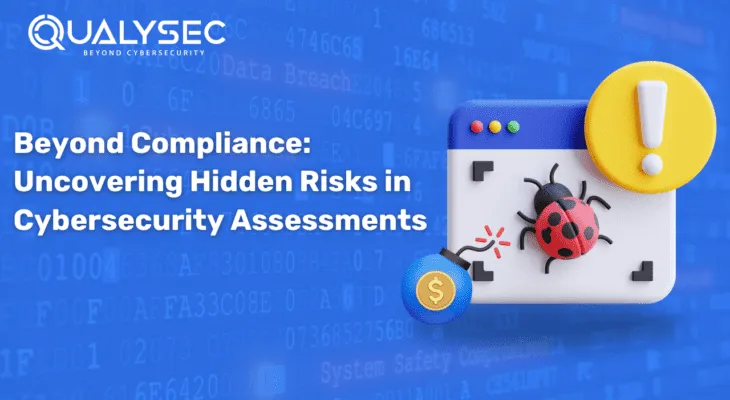
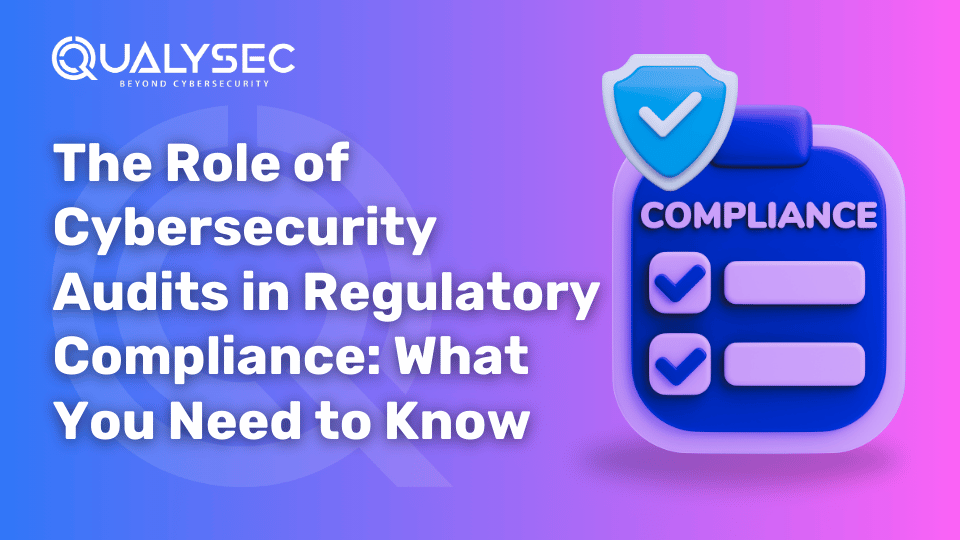


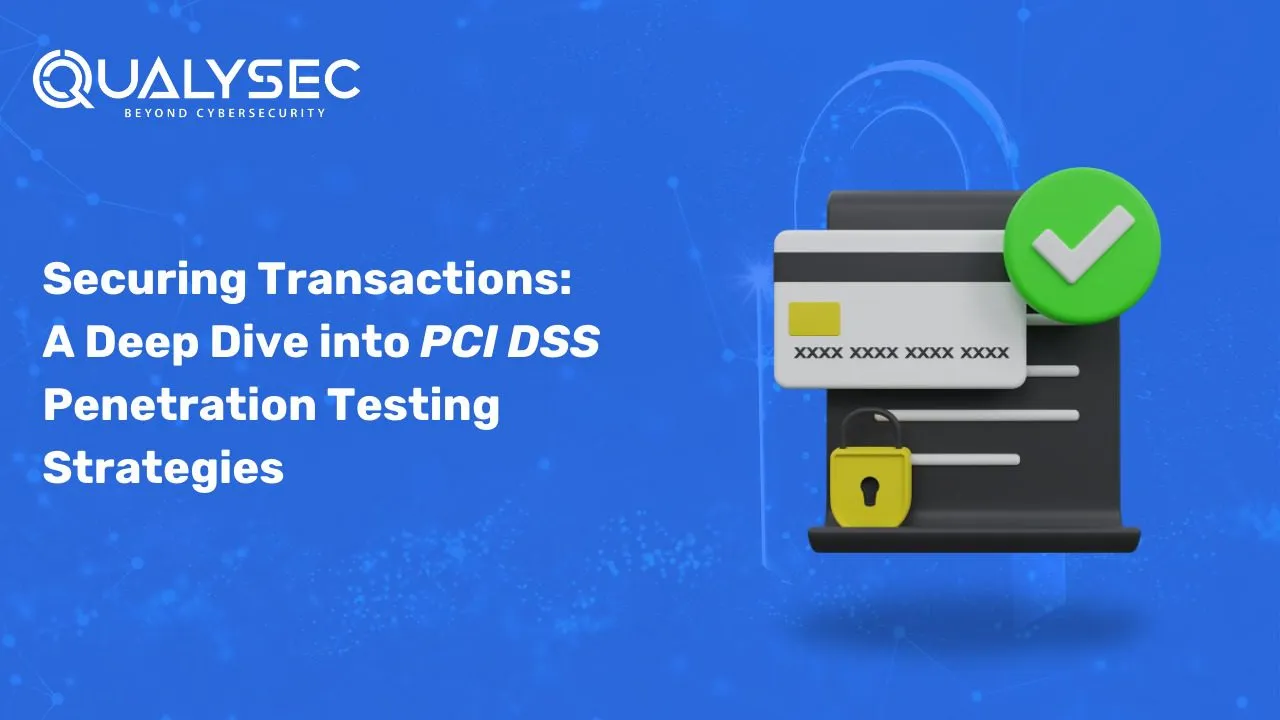
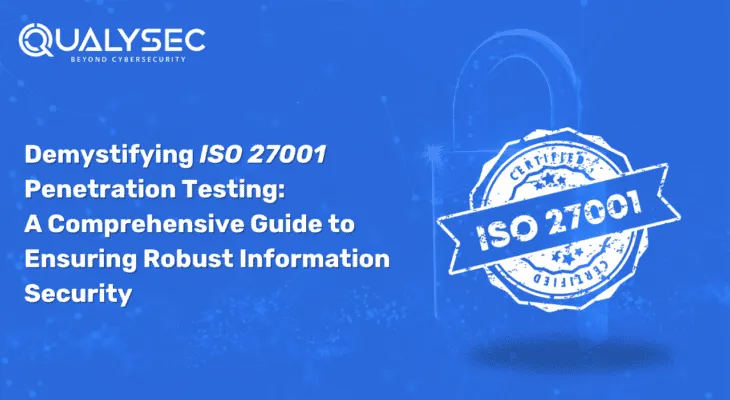
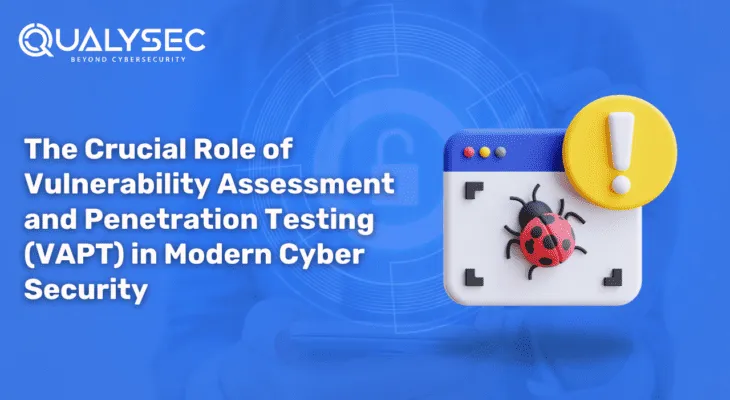




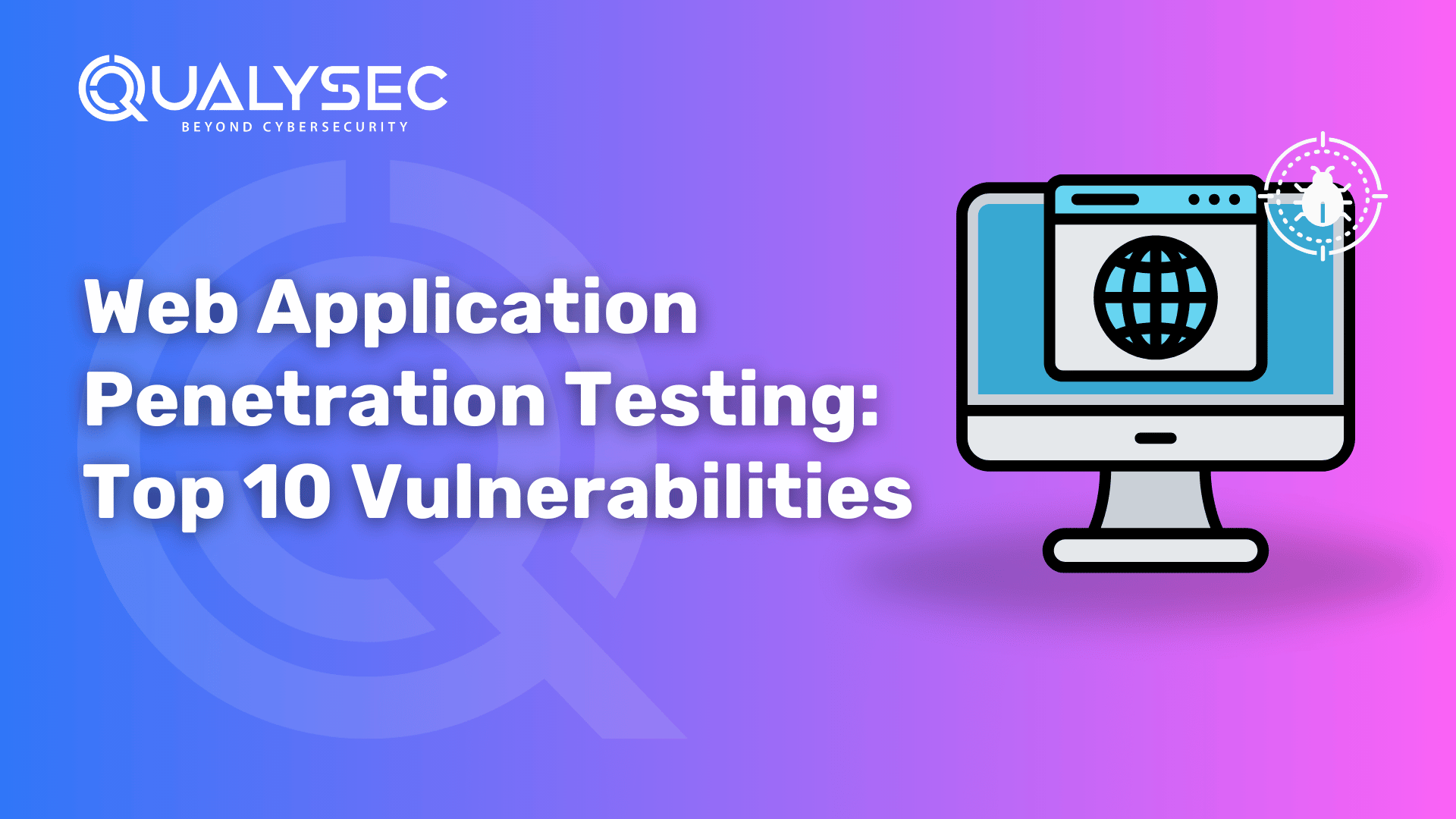








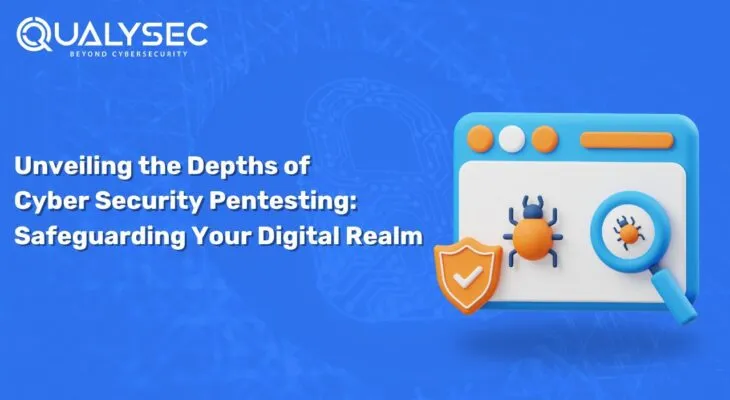

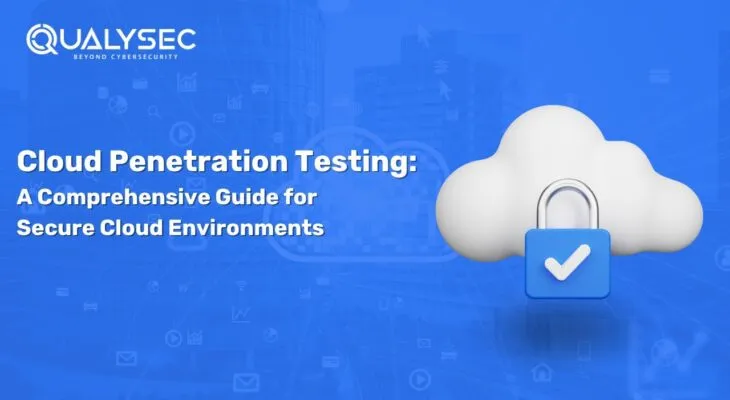

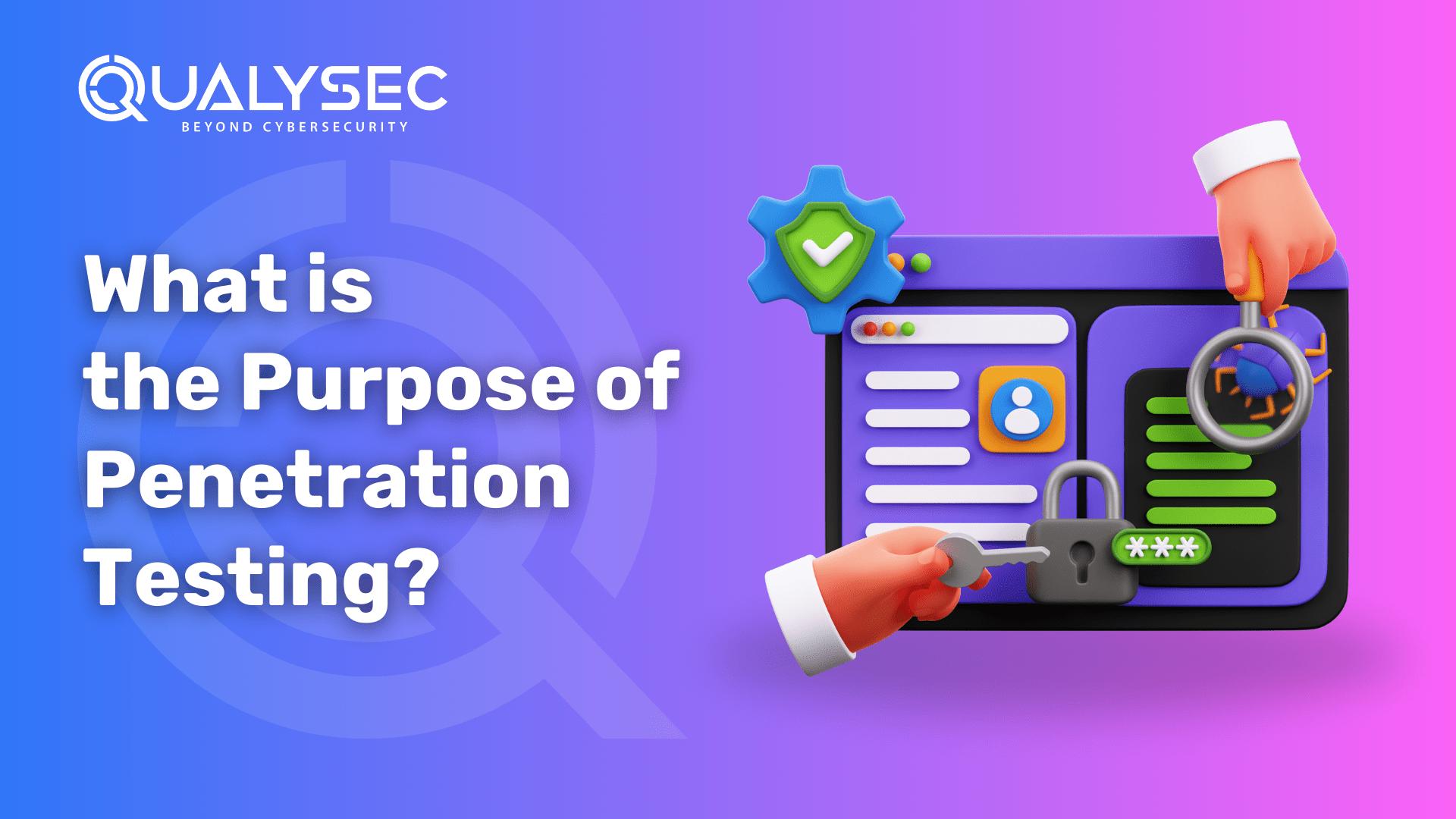










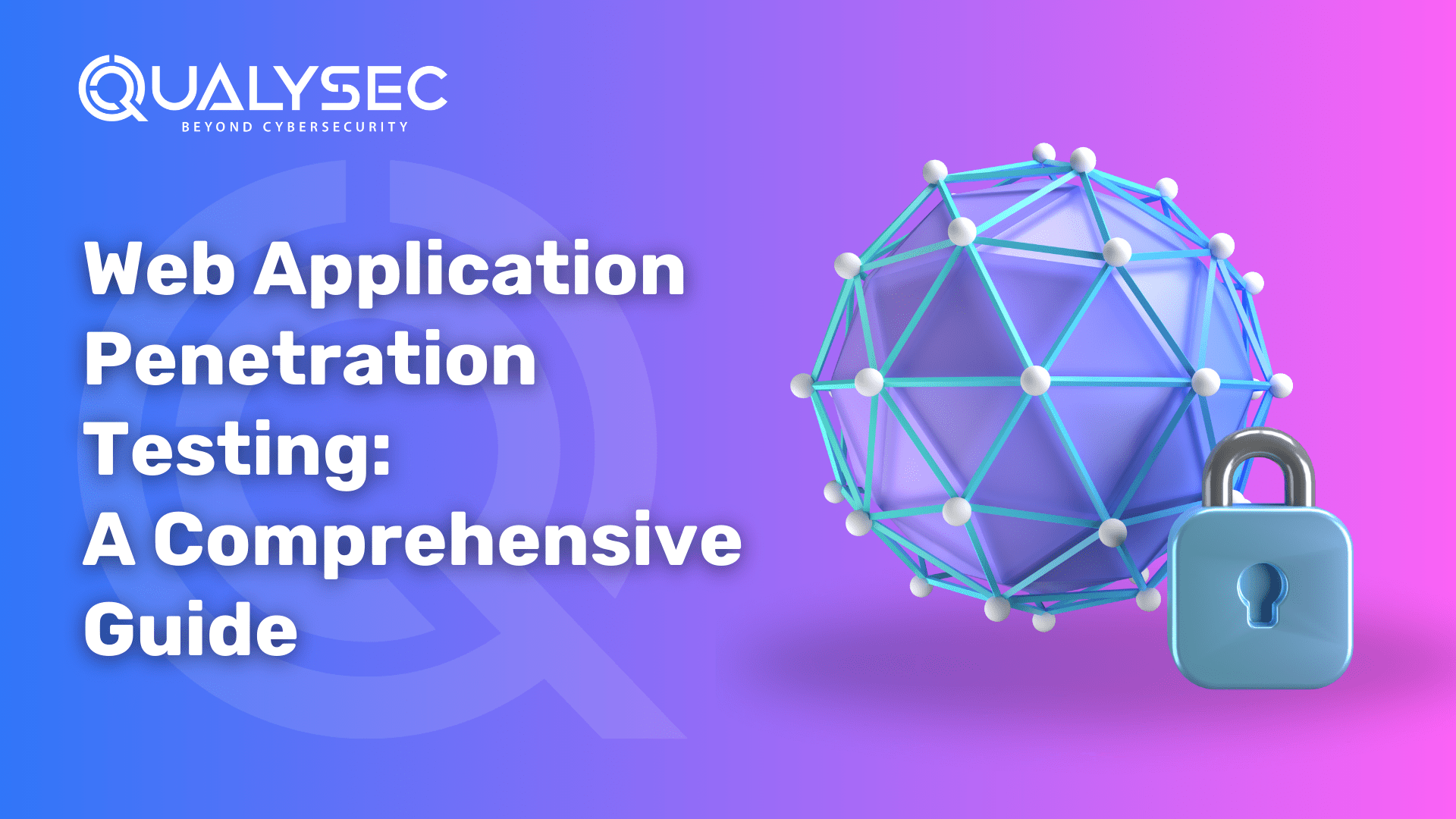



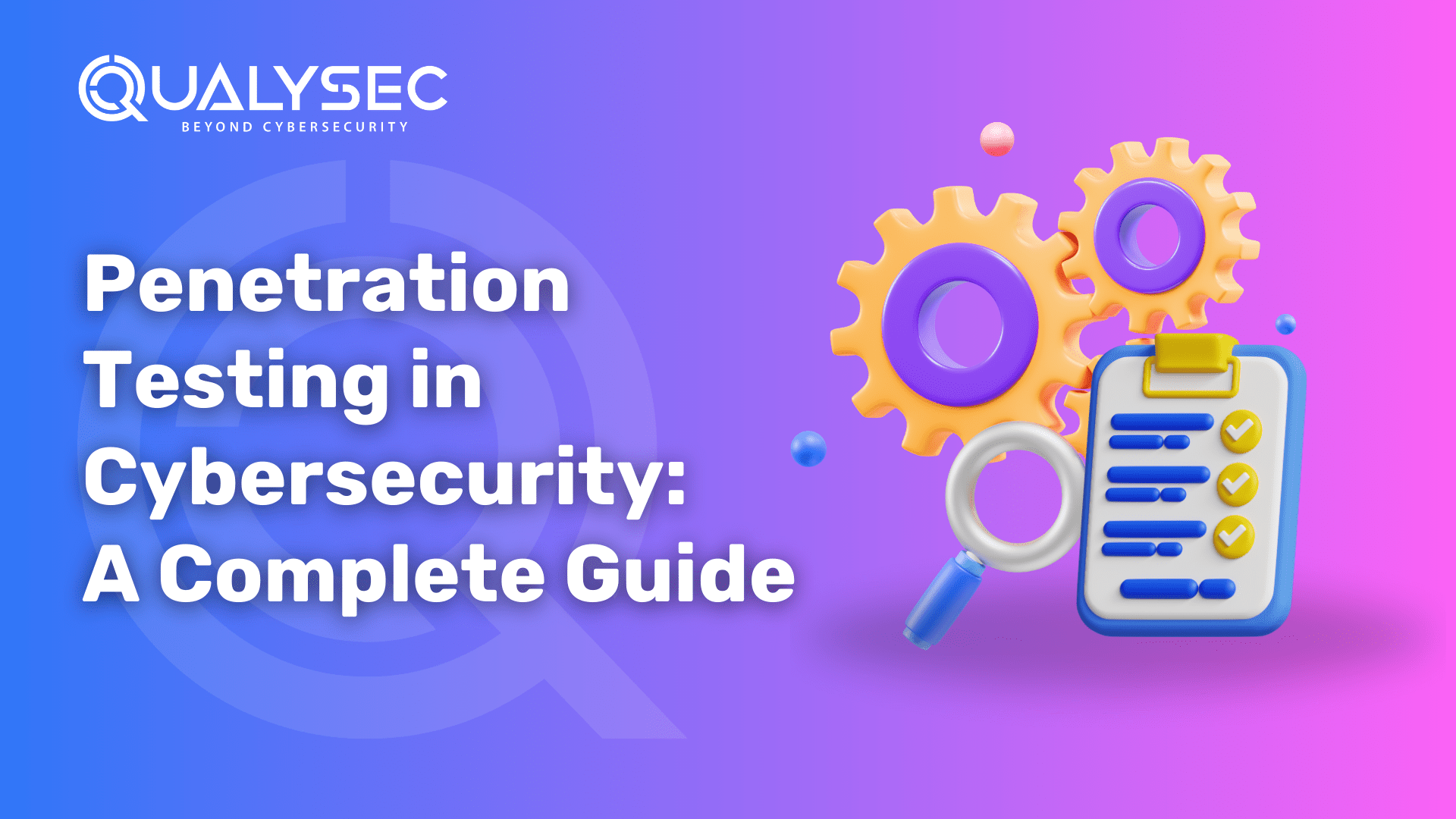
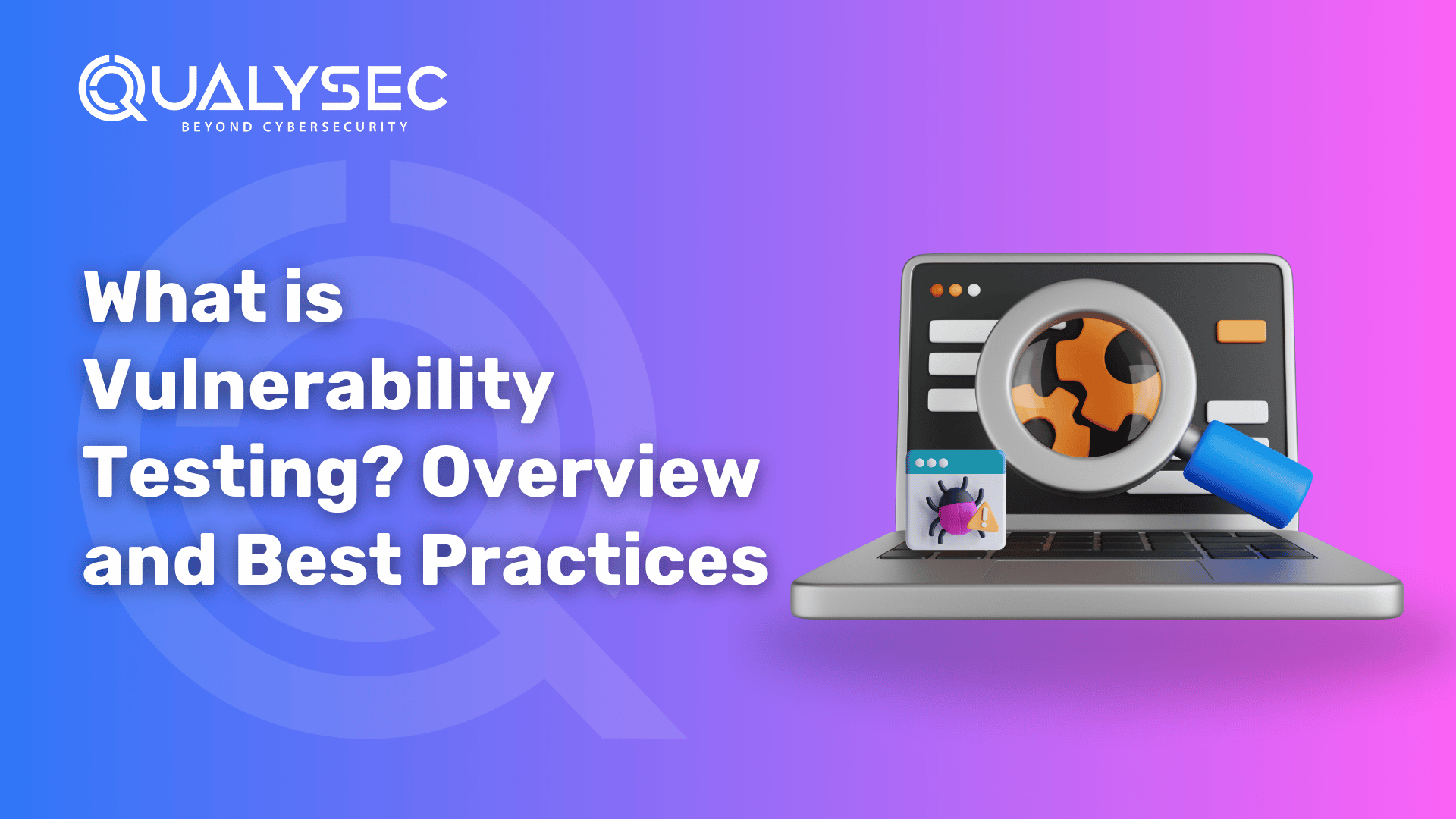













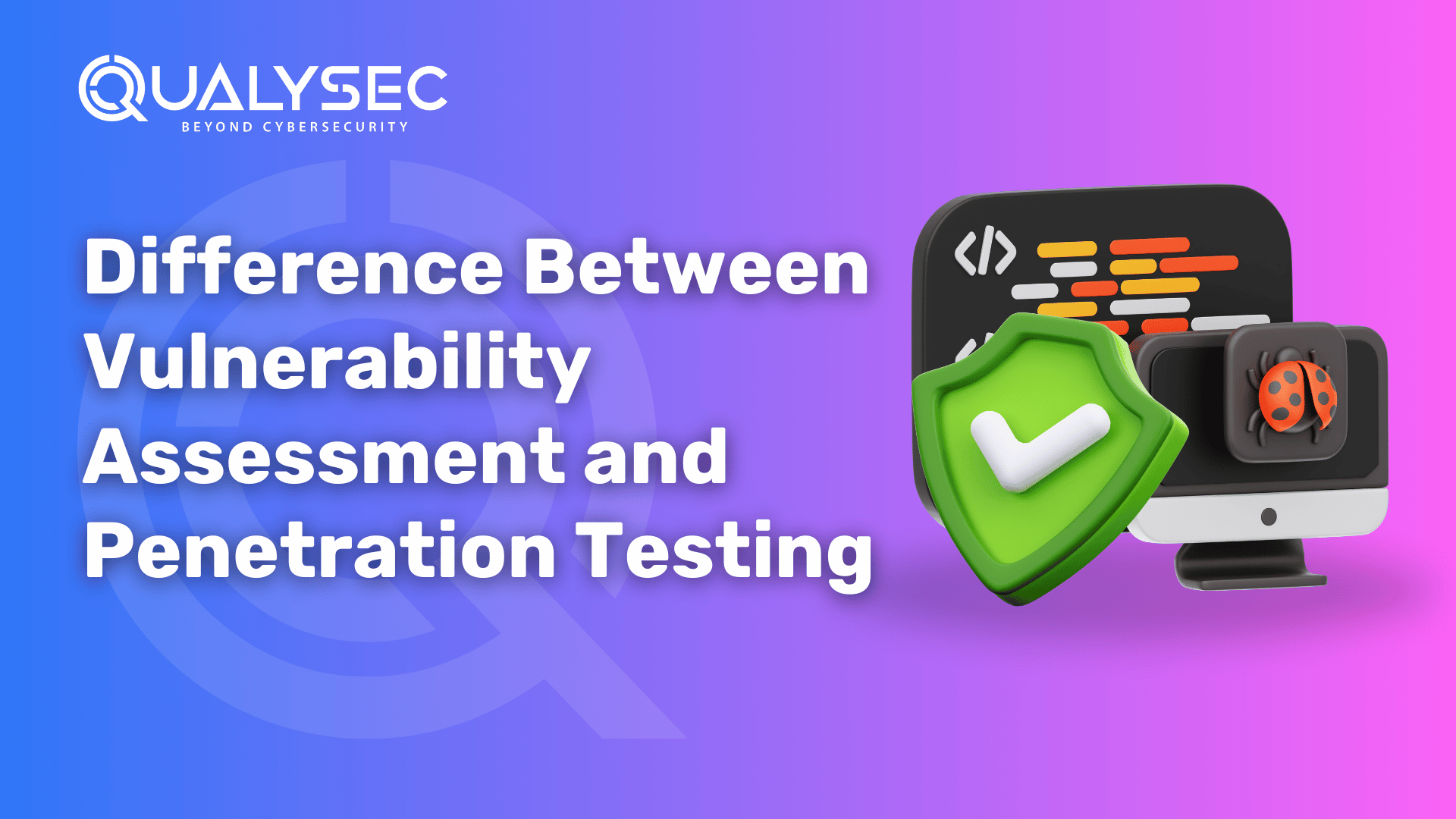







0 Comments